Introduction: The Story of Turquoise
Turquoise is far more than a single shade of blue-green, it’s an entire spectrum of hues and patterns that shift with every mine and mineral mix. Knowing the different types of turquoise and how to tell them apart will save you money at the bench and help you thrill clients hunting authentic desert soul. This guide blends field-tested detail from our in-house gemologists with the latest market intel so you can answer questions like “how many colors of turquoise are there?” or “what does high quality turquoise look like?” with confidence.

How Turquoise Form and why does it have different colors
Turquoise gemstone forms when water percolates through rocks containing copper, aluminum, and phosphorus. Over time, chemical reactions create veins of turquoise, usually found in arid, desert-like regions.
Its color depends on trace elements:
- Copper = vivid blue
- Iron = green tones
- Zinc = yellowish hues
Most turquoise has a matrix — patterns or veins of the host rock that remain in the final stone, creating unique natural art. There are at least 30 documented shades of turquoise, from robin-egg blue to deep teal—answering that common client query, “how many colors of turquoise are there?”

Already sold? Check out our collection of real turquoise stone. However, if your curiosity is still on its spark, continue reading.
Types of Turquoise by Region
USA
✨ Sleeping Beauty Turquoise (Arizona)
- Famous for a pure robin’s-egg blue so even that cutters often call it “sky-blue glass” — prized for minimalist, matrix-free cabochons and inlay work.
- Came from the Sleeping Beauty Mine near Globe; primary turquoise operations closed in 2012, so natural rough is drying up and prices climb every year.
- Most material on today’s market is stabilized to harden the naturally soft rough, yet high-grade untreated cabs still command premium bids from fine-jewelry houses.
- Collectors value stones that show zero veining and a mirror polish, making them ideal for contemporary high-karat gold designs and micro-pavé diamond halos

✨ Kingman Turquoise (Arizona)
- Offers a wide color range from vivid electric blue to blue-green, usually laced with striking black or chocolate spider-web matrix that adds graphic contrast.
- Worked almost continuously since the 1880s, the Kingman Mine (Mineral Park) is one of America’s oldest and still-active turquoise producers, ensuring solid supply for large-scale bead and cab factories.
- Yields everything from affordable stabilized nugget rough to elite “Kingman AAA” natural cabs; the latter feature tight webbing and saturated color sought by collectors.
- Designers favor Kingman for statement cuffs, bolo ties, and contemporary silverwork because the dark matrix hides everyday wear and photographs dramatically for e-commerce.

✨ Morenci Turquoise (South- eastern Arizona)
- Vivid sky-to-robin’s-egg blue often shot through with silvery pyrite “fool’s-gold” flecks and dark host-rock veining — the trademark look that sets Morenci apart.
- Mined from the Morenci copper pit in Greenlee County; most production ceased in the 1980s, so material is increasingly scarce for modern lapidaries.
- Collectors prize stones showing a tight pyrite matrix that polishes into metallic sparkles, making them favorites for statement cuffs, bolo ties, and high-end bead strands.
- Color holds up well in cabochons, but larger clean slabs are rare — expect premium pricing for matched pairs or high-domed cabs.
Read More: How To Tell If The Turquoise Stone Is Real Or Fake?

Browse Morenci Turquoise Collection Today!
✨ Royston Turquoise (Nevada)
- Signature look: dramatic green-to-blue fades that flow across the cabochon, sliced by rich brown host-rock “ribbons.”
- Mine facts: Cluster of family-run claims near Tonopah, NV; still intermittently active, so fresh rough does show up—though never in huge tonnage.
- Collector appeal: That natural ombré makes each stone one-of-one, fueling demand among custom silversmiths and high-end lapidaries.
- Design sweet spot: Wide, high-dome bezels or statement cuffs that showcase the color gradient from end to end.

✨ Bisbee Turquoise (Arizona)
- Color profile: legendary “Bisbee Blue”—a rich, violet-tinged deep blue—shot through with fine chocolate-brown spider-web matrix and occasional pyrite sparkles.
- Rarity factor: Mined as by-product of the Lavender Pit copper operation; the pit closed in the mid-1970s, so only old stock and estate recuts remain. Prices rise yearly.
- Hardness & polish: Naturally dense rough takes a mirror finish with minimal stabilization, ideal for heirloom pieces.
- Market positioning: Top-shelf collectors and Southwest connoisseurs pay premium for documented Bisbee origin; expect 3–5× common turquoise prices.

✨ Pilot Mountain Turquoise (Nevada)
- Visual cues: vibrant medium-blue fields laced with bold black-to-rust webbing; some stones show stacked “mountain-range” banding.
- Mine details: Active claim near Mina, NV, producing limited but steady tonnage—making it more available than Bisbee yet still boutique.
- Workability: Good hardness and tight grain allow thin open-back bezels without fear of flaking—great for contemporary minimalist settings.
- Style uses: Popular for bolo ties, channel inlay, and modern silverwork where the dark matrix adds graphic punch under studio lighting.

✨ White Buffalo “Turquoise” (Nevada)
- Visual signature: stark snow-white to cream base shot through with bold jet-black or chocolate matrix, creating high-contrast abstract patterns.
- Geology & mine facts: Found in a single claim near Tonopah, NV; actually a calcite-dolomite mix with no copper, so it isn’t true turquoise—yet lapidaries prize it for the same cabochon appeal.
- Collector buzz: One-source origin plus monochrome chic make rough scarce and prices comparable to mid-grade turquoise. Untreated slabs that cut clean white fields fetch premiums.
- Design sweet spot: Minimalist sterling or blackened silver settings that let the stone’s built-in black-and-white graphic do all the talking—perfect for modern unisex cuffs and statement pendants.

Browse White Buffalo Collection Today!
✨ Mojave (Mohave) Turquoise — Composite, Arizona
- Color profile: eye-popping purple, lime, teal, or classic blue segments fused with shimmering bronze or copper webbing—a look unattainable in natural turquoise.
- How it’s made: Small Kingman-area turquoise fragments are stabilized, dyed, and pressed with metal matrix under heat—creating durable blocks ready for uniform cabbing.
- Maker advantages: Consistent hardness and calibrated color lots mean fewer breakages at the wheel and easy matching for production lines or inlay projects.
- Design sweet spot: Bold contemporary pieces—think geometric stack rings or mixed-metal earrings—where the metallic veins tie into bronze, rose-gold, or copper findings for a head-turning finish.

Browse Mohave Turquoise Collection Today!
Mexico
✨ Campitos Turquoise (Sonora, Mexico)
- Color DNA: vivid sky-blue to aqua; occasional lavender casts. Stones can sparkle with tiny pyrite flecks, but most cabs are nearly matrix-free.
- Geology & mine story: Found as thin clay seams and small nuggets in a copper pit outside Cananea. Intermittent workings since the 1980s mean new rough still trickles out, but never in big tonnage.
- Workability: Campitos rough is porous, so most parcels are gently stabilized—giving you consistent hardness for bead strands, micro-inlay, and calibrated cabochons.
- Collector angle: Its bright, Sleeping-Beauty-style color at a friendlier price point makes Campitos a go-to for mid-tier silver lines and Southwestern bolo ties.
- Design sweet spot: High-polish bezels or channel inlay where the near-solid blue reads as a clean, modern pop against oxidized sterling.

✨ Nacozari Turquoise (Sonora, Mexico)
- Visual hallmark: rich, uniform robin-egg blue—often compared to top-grade Sleeping Beauty—with almost zero matrix.
- Mine facts: Came from the La Caridad copper operation near Nacozari de García; turquoise extraction ended in the mid-2000s when the pit refocused on copper, making natural stock increasingly rare.
- Quality perks: Naturally dense rough that takes a glassy polish without heavy stabilization, perfect for high-end cabochons and gold settings.
- Market status: Scarcity plus pedigree send prices climbing; documented Nacozari cabs can fetch 2-3× Campitos and rival U.S. sky-blue material.
- Design sweet spot: Minimalist bezel rings, micro-pavé diamond halos, or luxury watch inlays where that flawless blue commands center stage.

Iran (Persia)
✨ Persian Turquoise (Neyshabur)
- Color pedigree: the archetypal robin-egg or “sky” blue so even that gem historians coined the term “Persian blue” to describe it. No visible matrix and a waxy, almost porcelain surface are its hallmarks.
- Ancient prestige: Mined for > 2,000 years in the Neyshabur mountains; coveted by pharaohs, Mughal emperors, and European royalty, which cemented its reputation as the most prized turquoise on Earth.
- Density & durability: Naturally hard and fine-grained, taking a high glassy polish without stabilization—ideal for heirloom signet rings, luxury cufflinks, and micro-pavé diamond surrounds.
- Market reality: Political restrictions plus limited modern output mean documented Persian stones trade at auction-level prices—often rivalling mid-grade sapphires on a per-carat basis.
- Design sweet spot: Minimalist yellow-gold bezels or platinum halo settings that showcase the uninterrupted blue; perfect for bridal “something blue” pieces or collector-grade talismans.

China
✨ Hubei Turquoise
- Color spectrum: Blue, teal, mint-green, and moss—sometimes in a single cab—punctuated by dramatic black, brown, or tan spider-web matrix that photographers love.
- Mine overview: A network of small pits in Hubei Province supplies the bulk of global turquoise bead and slab demand, making it the most accessible material for indie makers and large factories alike.
- Workability: Stable grain structure; most rough is lightly stabilized, giving consistent hardness for calibrated cabs, beads, and channel inlay without unexpected flaking.
- Artisan appeal: The bold web patterns turn every stone into a miniature abstract painting, ideal for statement cuffs, bolo ties, and modern mixed-metal pendants.
- Value tiering: Natural, tight-web “Hubei Spider-Web AAA” commands higher prices, but even mid-grade parcels offer strong margin potential for fashion silver lines.
- Design sweet spot: Oxidized silver or gun-metal rhodium finishes that echo the dark matrix, plus wide bezel frames that let the intricate webbing read clearly from a distance.

Tibet
✨ Tibetan Turquoise (Himalayan Plateau)
-
Color character: typically dark teal-to-greenish blue with earthy overtones—darker than most American or Persian material.
-
Matrix drama: dense networks of black, brown, or gray host-rock veining give each cab a rugged, mountain-born aesthetic.
-
Mining reality: gathered from small, high-altitude pits (often >3,000 m) in areas like Nagchu and Derge; extraction is artisanal and seasonal, which limits output and keeps authentic rough scarce.
-
Workability: medium density; most rough is lightly stabilized to lift polish and reduce porosity, but premium untreated beads and cabs fetch collector pricing.
-
Design sweet spot: rustic silver cuffs, prayer-bead malas, and boho statement pendants where the stone’s raw, spiritual look pairs with hammered or oxidized metals.
-
Market note: Provenance matters—documentation of genuine Himalayan origin commands higher prices than look-alike dyed howlite or generic “Tibetan style” composites on the mass market.

Field Guide: How to identify types of turquoise
- Color & Saturation – Compare stone hue to known mine signatures (e.g., pure blue = Persian).
- Matrix Pattern – Chocolate “spider-web” hints Bisbee; host-rock ribbons scream Royston.
- Hardness & Porosity – Natural pieces (Mohs 5–6) feel cool and slightly gritty; reconstituted blocks feel plasticky.
- Lab Reports – For premium cabs (> $100/ct) request XRF or Raman data.
- Stabilization Check – Wipe with a damp swab; dye bleeds on composites.

These steps answer client searches for how to identify types of turquoise while safeguarding your supply chain.
Gallery Talk: Different types of turquoise crystals
- Stalactitic Nuggets – Organic pebbles perfect for electro-forming.
- Freeform Turquoise Crystals – Raw edges for boho pendants.
- Calibrated Cabochons – Uniform ovals for mass-production rings.
- Ribbon Slabs – Dramatic host-rock streaks ideal for cuffs.

Show a slide carousel contrasting raw vs. polished to educate buyers on the different types of turquoise gemstone appearances.
Quality Checklist: What does high quality turquoise look like?
High-grade stones usually feature:
- Saturated, even color with no gray wash.
- Tight, symmetrical matrix—or none at all in Persian and Sleeping Beauty.
- Dense surface that takes a glassy polish.
- Minimal resin stabilization and zero dye.

A vivid mid-blue Royston ribbon can outprice a pale Persian piece; remind clients that “quality beats label.”
🧚️ Gem Science: Turquoise Properties
| Property | Value/Description |
|---|---|
| Crystal System | Triclinic |
| Hardness | 5 – 6 (Mohs Scale) |
| Luster | Waxy to subvitreous |
| Transparency | Opaque |
| Specific Gravity | 2.60 – 2.90 |
| Chemical Formula | CuAl6(PO4)4(OH)8·5H2O |
Design Inspiration for Every Type of Turquoise
With that level of hardness, turquoise of course isn’t the most sturdy but it still beautifully sits into many different kinds of jewelry designs from bracelets, brooches, earrings to even neck pieces. Below given are some design inspiration that can help you get started with your next turquoise line -
- Sleeping Beauty Single-Stone Rings – Plain bezels let pure blue sing.

- Royston Ribbon Shields – Oxidized bronze frames echo earthy host rock.

- Hubei Spider-Web Studs – Black rhodium mirrors webbing for edgy minimalism.

Final Thought
Turquoise isn’t just a stone; it’s a story written in color, matrix, and minerals. Whether you prefer the flawless Persian blue or the rugged, character-rich Tibetan teal, turquoise connects you to ancient history and earthy beauty in a way few other gems can.
No two turquoise pieces are alike—and that's exactly the magic. Whether you’re drawn to its desert soul, its celestial calm, or its artisanal allure — there’s a turquoise for every story. The only question is… which one’s yours?
Browse our complete Collection of real turquoise stone or explore gemstonesforsale for more gems. Every parcel ships certified, graded, and ready for your next show-stopping design.
Frequently Asked Questions:
Q1. What is the rarest type of turquoise?
A: Persian turquoise and Bisbee turquoise are among the rarest due to their intense color, historical significance, and limited availability.
Q2. How can I tell if my turquoise is real or stabilized?
A: Real turquoise feels cool to the touch, may have matrix patterns, and isn’t overly shiny. Stabilized turquoise often looks glossier and more uniform. Ask for lab verification or origin if unsure.
Q3. Is Sleeping Beauty turquoise still available?
A: No, the Sleeping Beauty mine in Arizona closed in 2012. Existing stones are limited and highly valued in the market.
Q4. What is the difference between stabilized and reconstituted turquoise?
A: Stabilized turquoise is treated to improve durability but is still natural. Reconstituted turquoise is made from powdered fragments mixed with resin—it's less valuable and often used in costume jewelry.
Q5. Which turquoise is best for investment or heirloom jewelry?
A: Persian, Bisbee, and Sleeping Beauty turquoise are top-tier choices due to their rarity, purity, and long-term value.
Visited 841 No. of Time(s), 39 Visit(s) Today

Arya kapoor
Hi, I’m Arya Kapoor — a storyteller at heart and a curious soul always chasing ideas. Writing is where I find clarity, connection, and a bit of magic. Whether it’s diving deep into a subject or simply sharing everyday musings, I love turning thoughts into words that resonate.
Never Miss a Post from Gemstones For Sale!




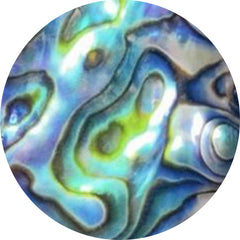 Abalone shell (121)
Abalone shell (121)
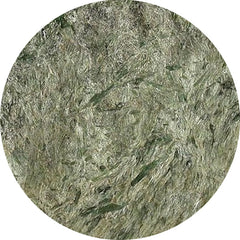 Actinolite (1)
Actinolite (1)
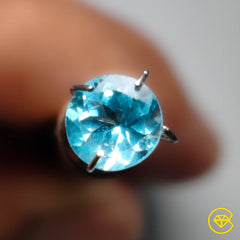 Affordable gemstones (17205)
Affordable gemstones (17205)
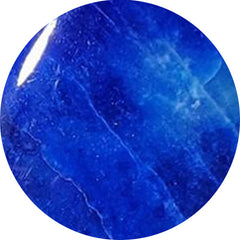 Afghanite (7)
Afghanite (7)
 Agate (2498)
Agate (2498)
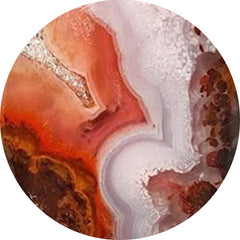 Agua nueva (11)
Agua nueva (11)
 All gemstones (1)
All gemstones (1)
 Amazonite (160)
Amazonite (160)
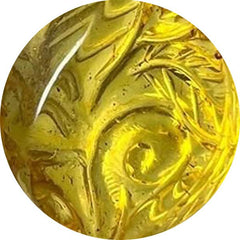 Amber (99)
Amber (99)
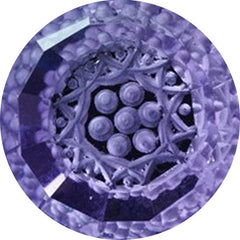 Amethyst (573)
Amethyst (573)
 Ametrine (21)
Ametrine (21)
 Ammolite (23)
Ammolite (23)
 Ammonite (65)
Ammonite (65)
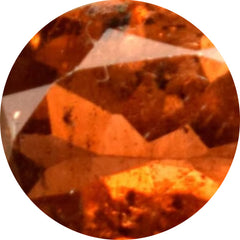 Andalusite (1)
Andalusite (1)
 Andamooka opal (0)
Andamooka opal (0)
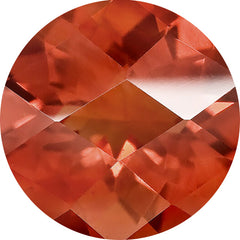 Andesine (0)
Andesine (0)
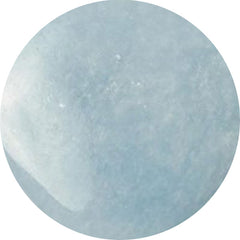 Angelite (28)
Angelite (28)
 Apache gold (22)
Apache gold (22)
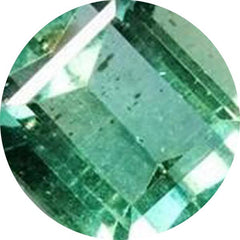 Apatite (140)
Apatite (140)
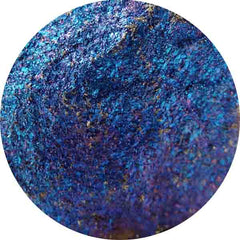 Apophyllite (1)
Apophyllite (1)
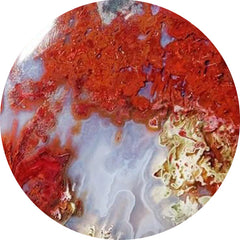 Apple valley agate (1)
Apple valley agate (1)
 April birthstone (1841)
April birthstone (1841)
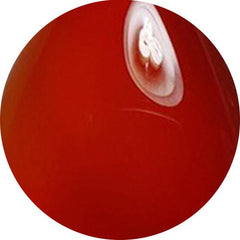 Aqeeq (0)
Aqeeq (0)
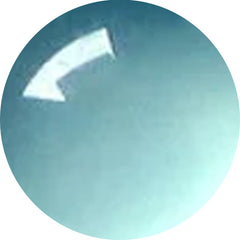 Aqua chalcedony (19)
Aqua chalcedony (19)
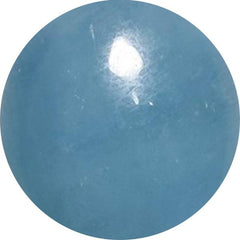 Aquamarine (73)
Aquamarine (73)
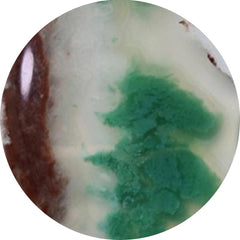 Aquaprase (60)
Aquaprase (60)
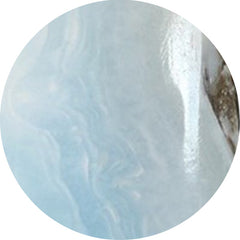 Aragonite (16)
Aragonite (16)
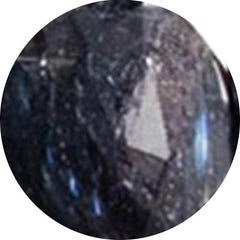 Arfvedsonite (12)
Arfvedsonite (12)
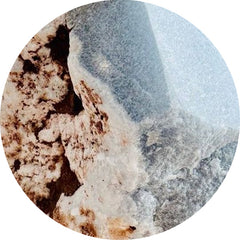 Aristolite (0)
Aristolite (0)
 Arizona turquoise (0)
Arizona turquoise (0)
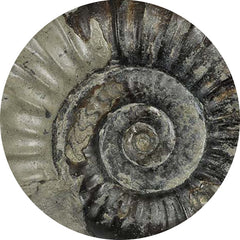 Arnioceras semicostatum fossil (0)
Arnioceras semicostatum fossil (0)
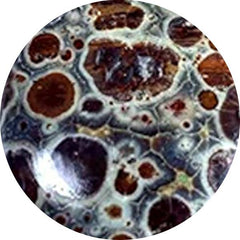 Asteroid jasper (12)
Asteroid jasper (12)
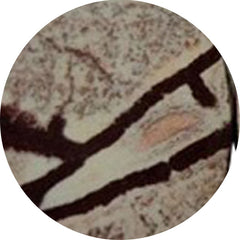 Astrophyllite (53)
Astrophyllite (53)
 Atlantasite (88)
Atlantasite (88)
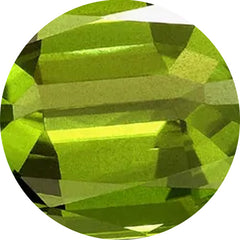 August birthstone (98)
August birthstone (98)
 Aura quartz (0)
Aura quartz (0)
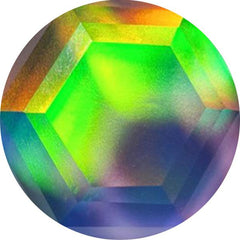 Aurora opal (304)
Aurora opal (304)
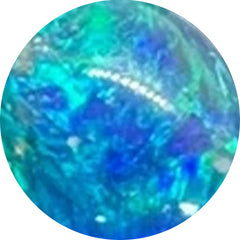 Australian opal (18)
Australian opal (18)
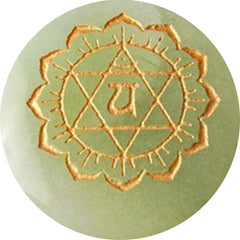 Aventurine (64)
Aventurine (64)
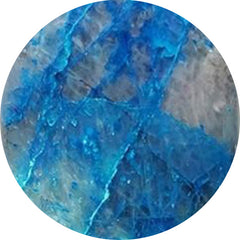 Azurite (284)
Azurite (284)
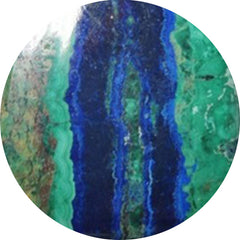 Azurite malachite (19)
Azurite malachite (19)
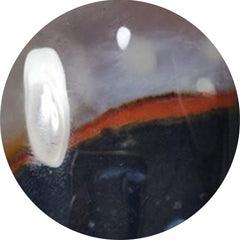 Banded agate (82)
Banded agate (82)
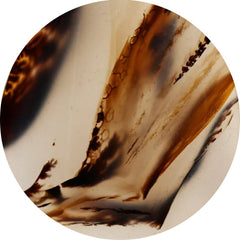 Barber agate (0)
Barber agate (0)
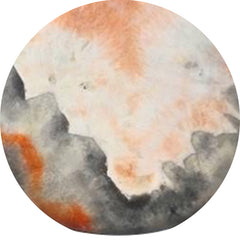 Barite (13)
Barite (13)
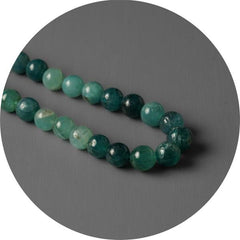 Beads (50)
Beads (50)
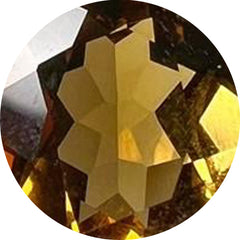 Beer quartz (23)
Beer quartz (23)
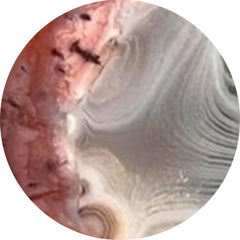 Berber agate (4)
Berber agate (4)
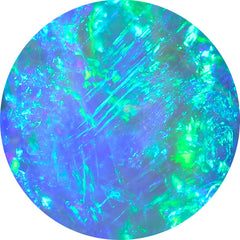 Best seller (0)
Best seller (0)
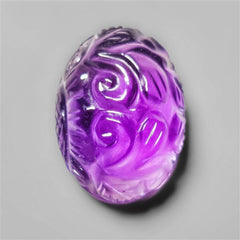 Bestsellers: a selection of our most-loved stones (406)
Bestsellers: a selection of our most-loved stones (406)
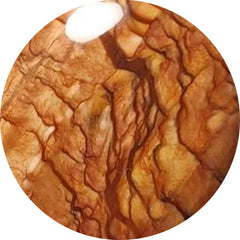 Biggs jasper (25)
Biggs jasper (25)
 Bird carving (117)
Bird carving (117)
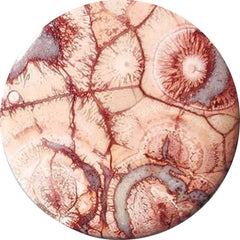 Bird eye jasper (47)
Bird eye jasper (47)
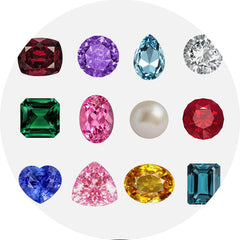 Birthstones (0)
Birthstones (0)
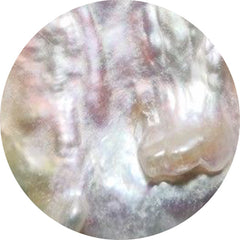 Biwa pearl (34)
Biwa pearl (34)
 Black friday deals (34)
Black friday deals (34)
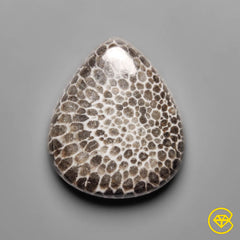 Black gemstones (955)
Black gemstones (955)
 Black onyx (178)
Black onyx (178)
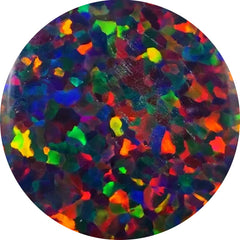 Black opal (50)
Black opal (50)
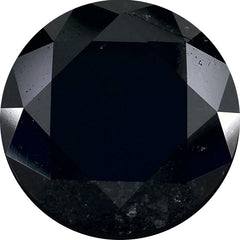 Black spinel (33)
Black spinel (33)
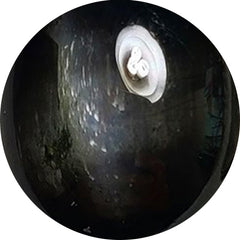 Black star (31)
Black star (31)
 Black tourmaline (75)
Black tourmaline (75)
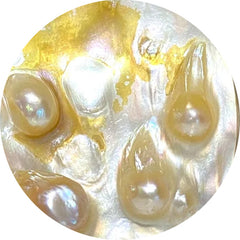 Blister pearl (30)
Blister pearl (30)
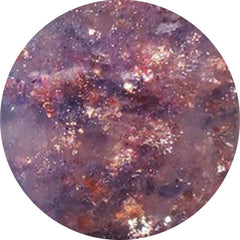 Bloodshot iolite (76)
Bloodshot iolite (76)
 Bloodstone (69)
Bloodstone (69)
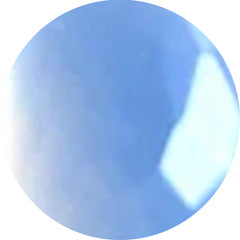 Blue chalcedony (51)
Blue chalcedony (51)
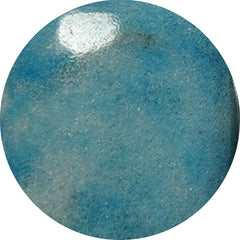 Blue diopside (0)
Blue diopside (0)
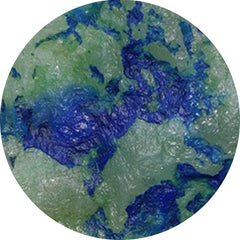 Blue horizon (15)
Blue horizon (15)
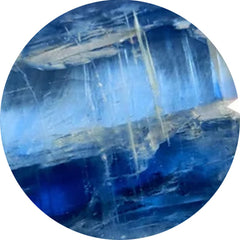 Blue kyanite (37)
Blue kyanite (37)
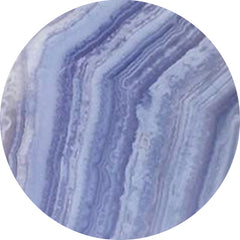 Blue lace agate (256)
Blue lace agate (256)
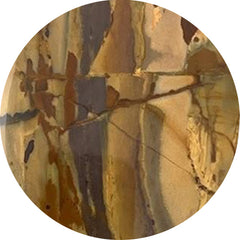 Blue mountain jasper (0)
Blue mountain jasper (0)
 Blue opal (162)
Blue opal (162)
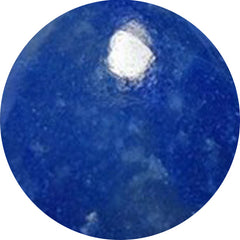 Blue quartz (40)
Blue quartz (40)
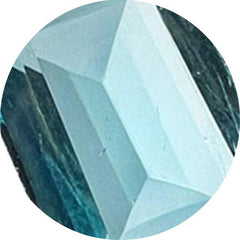 Blue topaz (51)
Blue topaz (51)
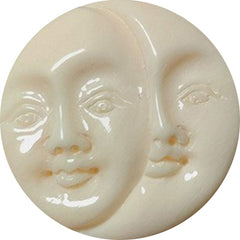 Bone (9)
Bone (9)
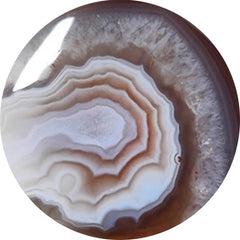 Botswana agate (245)
Botswana agate (245)
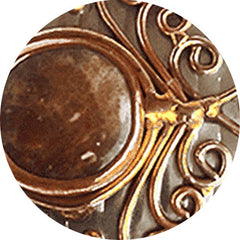 Bronze (0)
Bronze (0)
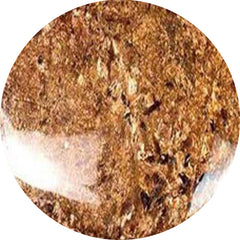 Bronzite (2)
Bronzite (2)
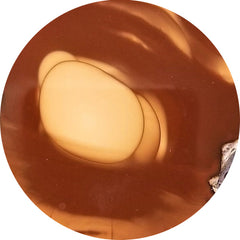 Bruneau jasper (15)
Bruneau jasper (15)
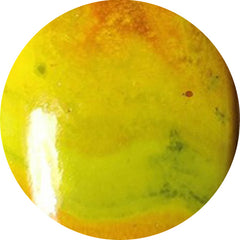 Bumble bee jasper (199)
Bumble bee jasper (199)
 Buy gemstones in usa (888)
Buy gemstones in usa (888)
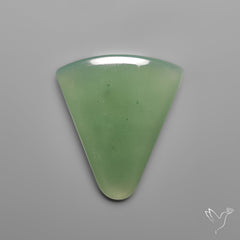 Cabochons (12930)
Cabochons (12930)
 Cacoxenite (65)
Cacoxenite (65)
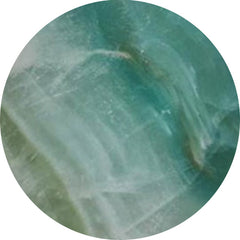 Calcite (219)
Calcite (219)
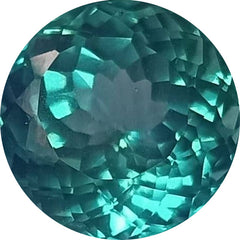 Calibrated (137)
Calibrated (137)
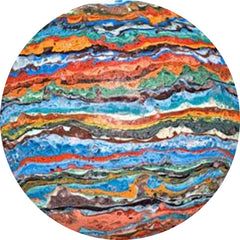 Calsilica (0)
Calsilica (0)
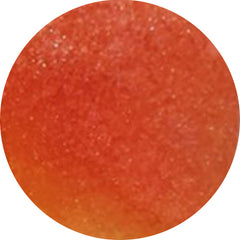 Candy corn (6)
Candy corn (6)
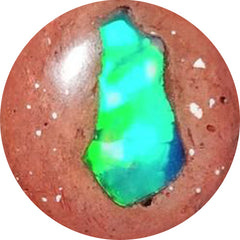 Cantera opal (17)
Cantera opal (17)
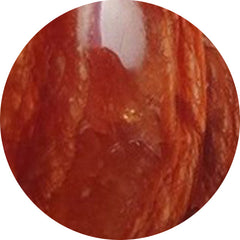 Caramel opal (2)
Caramel opal (2)
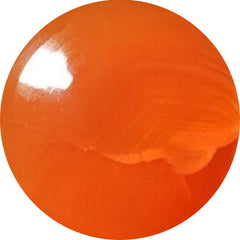 Carnelian (44)
Carnelian (44)
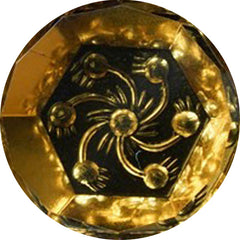 Carving (1766)
Carving (1766)
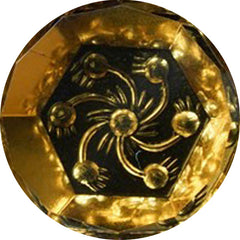 Carvings (2025)
Carvings (2025)
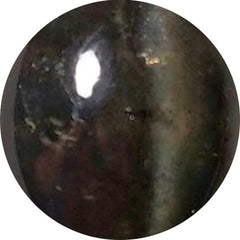 Cats eye (60)
Cats eye (60)
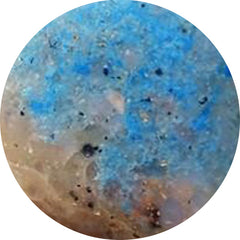 Cavansite (16)
Cavansite (16)
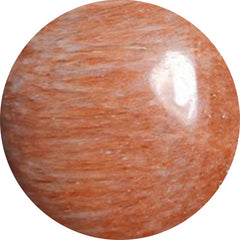 Celestobarite (7)
Celestobarite (7)
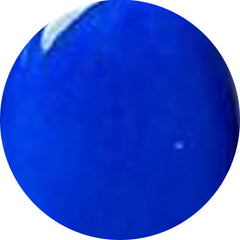 Ceruleite (0)
Ceruleite (0)
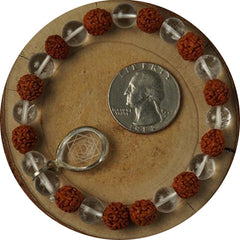 Chakra stone (31)
Chakra stone (31)
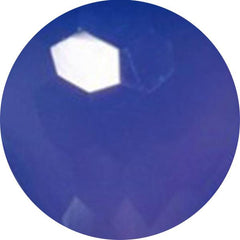 Chalcedony (457)
Chalcedony (457)
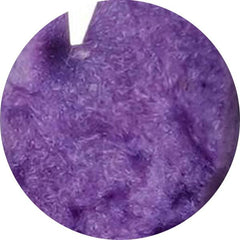 Charoite (190)
Charoite (190)
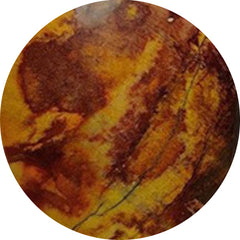 Cherry creek jasper (10)
Cherry creek jasper (10)
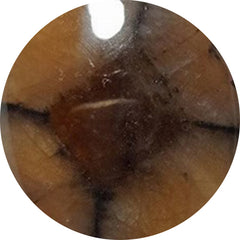 Chiastolite (16)
Chiastolite (16)
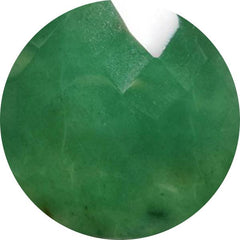 Chrome chalcedony (79)
Chrome chalcedony (79)
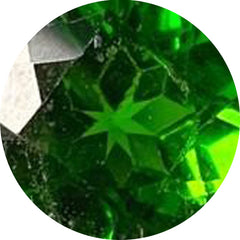 Chrome diopside (26)
Chrome diopside (26)
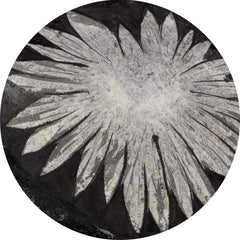 Chrysanthemum fossil (0)
Chrysanthemum fossil (0)
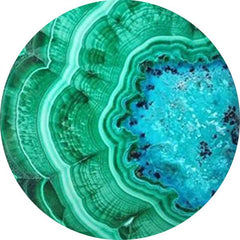 Chrysocolla (419)
Chrysocolla (419)
 Chrysocolla malachite (74)
Chrysocolla malachite (74)
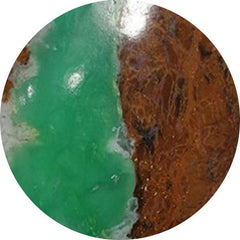 Chrysoprase (351)
Chrysoprase (351)
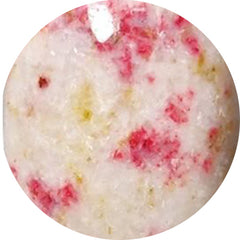 Cinnabar (15)
Cinnabar (15)
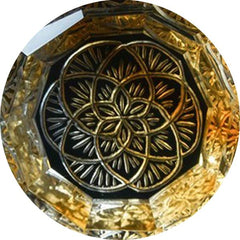 Citrine (108)
Citrine (108)
 Cobalto calcite (66)
Cobalto calcite (66)
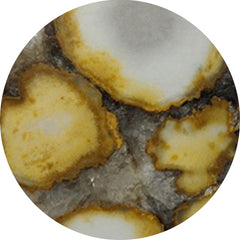 Cobra jasper (29)
Cobra jasper (29)
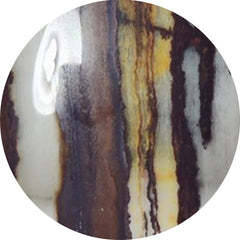 Coconut jasper (2)
Coconut jasper (2)
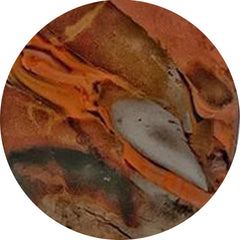 Coffee bean jasper (2)
Coffee bean jasper (2)
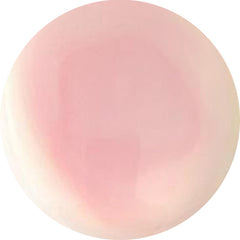 Conch shell (6)
Conch shell (6)
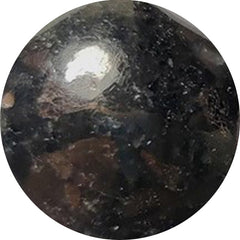 Coppernite (0)
Coppernite (0)
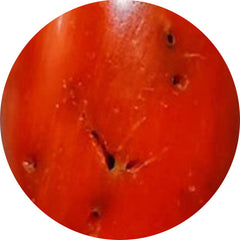 Coral (350)
Coral (350)
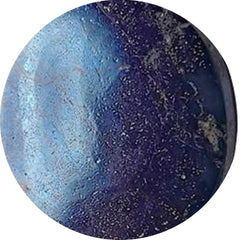 Covellite (4)
Covellite (4)
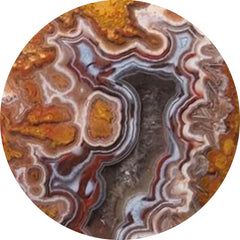 Crazy lace agate (189)
Crazy lace agate (189)
 Crystal (202)
Crystal (202)
 Cuprite (27)
Cuprite (27)
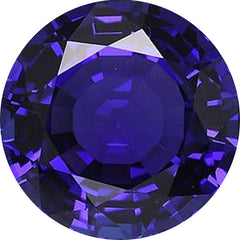 December birthstone (286)
December birthstone (286)
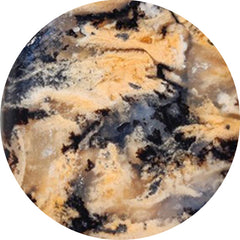 Dendritic agate (464)
Dendritic agate (464)
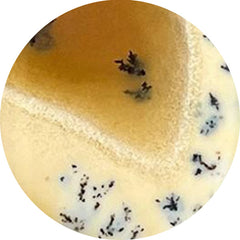 Dendritic opal (76)
Dendritic opal (76)
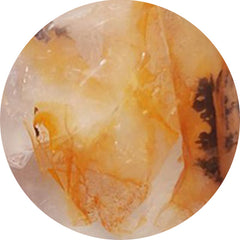 Dendritic quartz (2)
Dendritic quartz (2)
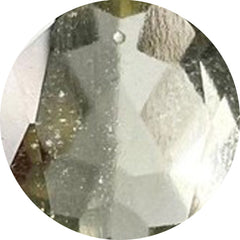 Desert glass (9)
Desert glass (9)
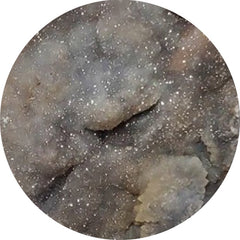 Desert jasper druzy (14)
Desert jasper druzy (14)
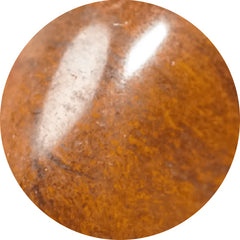 Desert sunset jasper (12)
Desert sunset jasper (12)
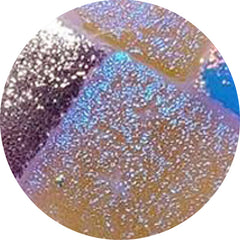 Dichroic glass (143)
Dichroic glass (143)
 Dinosaur bone fossil (3)
Dinosaur bone fossil (3)
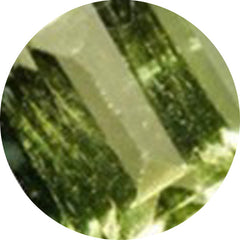 Diopside (60)
Diopside (60)
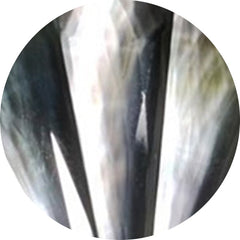 Doublets (860)
Doublets (860)
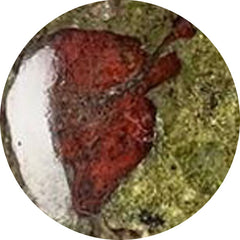 Dragonblood jasper (1)
Dragonblood jasper (1)
 Druzy (439)
Druzy (439)
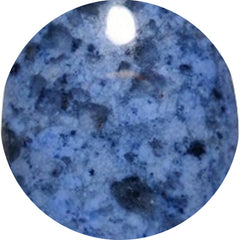 Dumortierite (60)
Dumortierite (60)
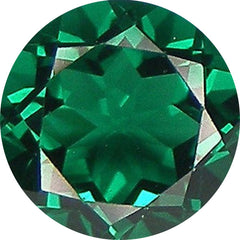 Emerald (65)
Emerald (65)
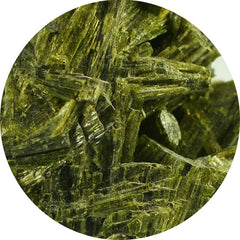 Epidote (10)
Epidote (10)
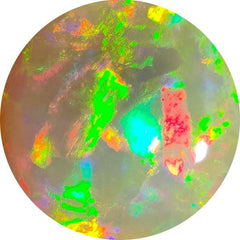 Ethiopian opal (108)
Ethiopian opal (108)
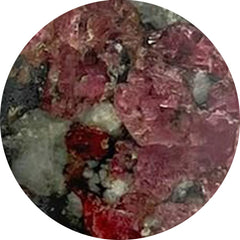 Eudialyte (11)
Eudialyte (11)
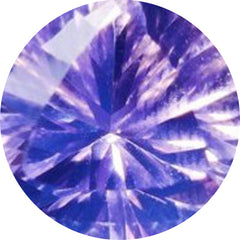 Faceted rose cut (2466)
Faceted rose cut (2466)
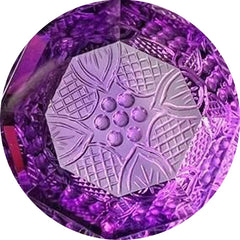 Fantasy cuts (50)
Fantasy cuts (50)
 Fawn jasper (11)
Fawn jasper (11)
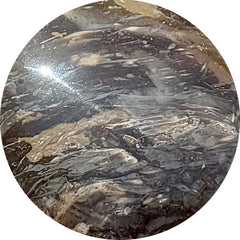 Feather agate (0)
Feather agate (0)
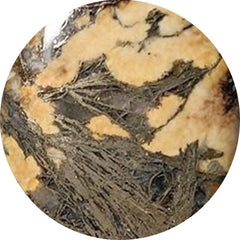 Feather pyrite (39)
Feather pyrite (39)
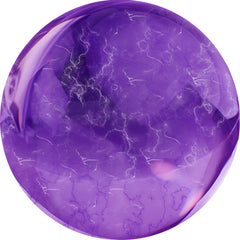 February birthstone (2871)
February birthstone (2871)
 Fine amethyst (32)
Fine amethyst (32)
 Fine ametrine (21)
Fine ametrine (21)
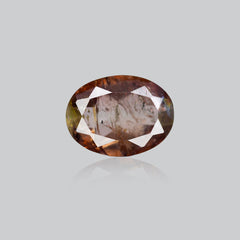 Fine andalusite (1)
Fine andalusite (1)
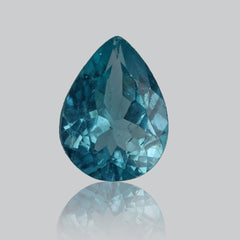 Fine apatite (5)
Fine apatite (5)
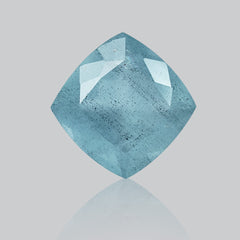 Fine aquamarine (8)
Fine aquamarine (8)
 Fine black opal (6)
Fine black opal (6)
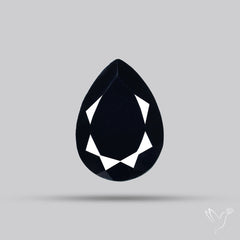 Fine black spinel (14)
Fine black spinel (14)
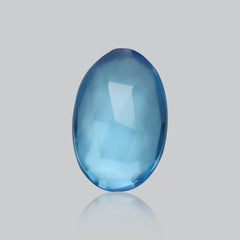 Fine blue topaz (30)
Fine blue topaz (30)
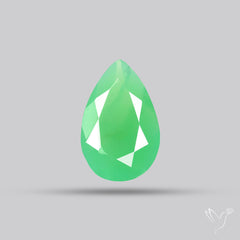 Fine chrysoprase (16)
Fine chrysoprase (16)
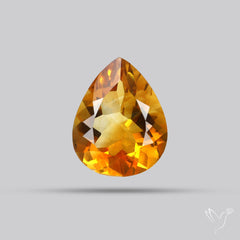 Fine citrine (23)
Fine citrine (23)
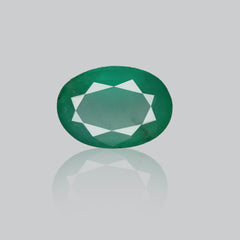 Fine emerald (11)
Fine emerald (11)
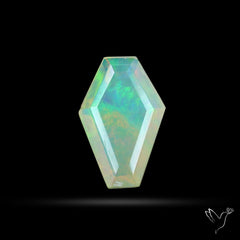 Fine ethiopian opal (17)
Fine ethiopian opal (17)
 Fine fire opal (7)
Fine fire opal (7)
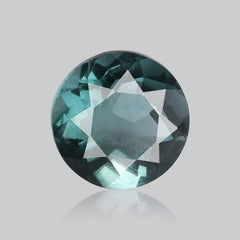 Fine fluorite (12)
Fine fluorite (12)
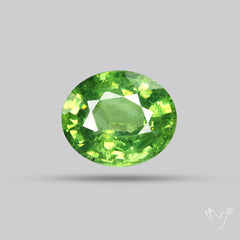 Fine garnet (37)
Fine garnet (37)
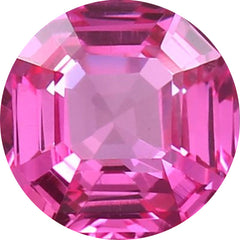 Fine gemstone (0)
Fine gemstone (0)
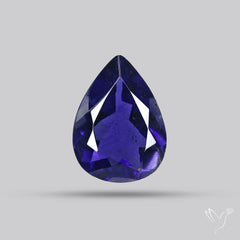 Fine iolite (31)
Fine iolite (31)
 Fine kyanite (28)
Fine kyanite (28)
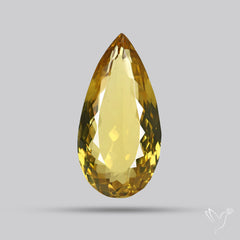 Fine lemon quartz (14)
Fine lemon quartz (14)
 Fine lepidocrocite (45)
Fine lepidocrocite (45)
 Fine moldavite (21)
Fine moldavite (21)
 Fine moonstone (6)
Fine moonstone (6)
 Fine peridot (55)
Fine peridot (55)
 Fine prasiolite (26)
Fine prasiolite (26)
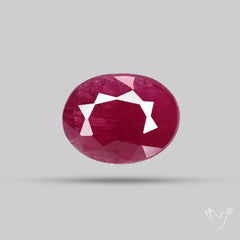 Fine ruby (15)
Fine ruby (15)
 Fine rutilated quartz (19)
Fine rutilated quartz (19)
 Fine sapphire (6)
Fine sapphire (6)
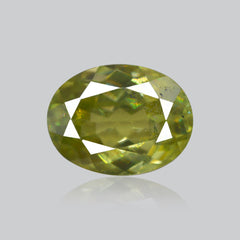 Fine sphene (17)
Fine sphene (17)
 Fine sunstone (79)
Fine sunstone (79)
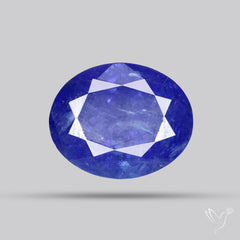 Fine tanzanite (50)
Fine tanzanite (50)
 Fine tourmaline (67)
Fine tourmaline (67)
 Fire agate (6)
Fire agate (6)
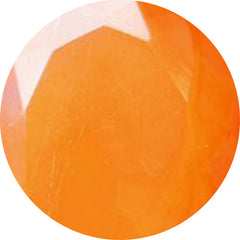 Fire opals (42)
Fire opals (42)
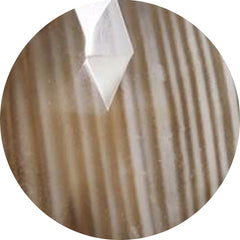 Flint stone (10)
Flint stone (10)
 Fluorite (151)
Fluorite (151)
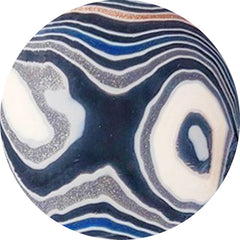 Fordite (63)
Fordite (63)
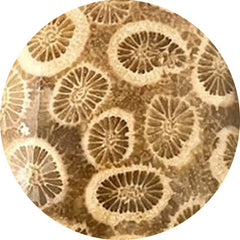 Fossil coral (318)
Fossil coral (318)
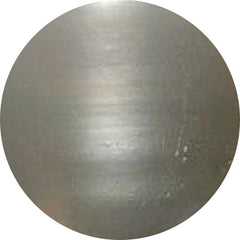 Fossil marston marble (19)
Fossil marston marble (19)
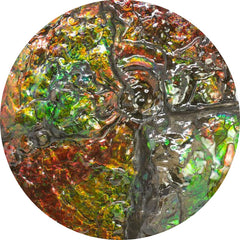 Fossils (508)
Fossils (508)
 Freshwater pearl (22)
Freshwater pearl (22)
 Fruit jasper (14)
Fruit jasper (14)
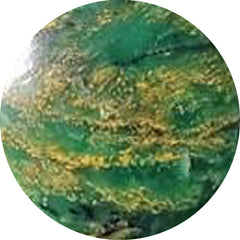 Fuchsite (7)
Fuchsite (7)
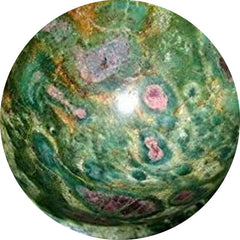 Fuschite (10)
Fuschite (10)
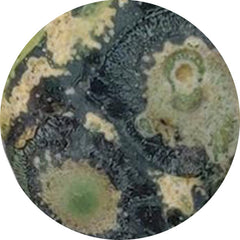 Galaxy jasper (9)
Galaxy jasper (9)
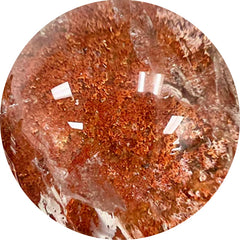 Garden quartz (6)
Garden quartz (6)
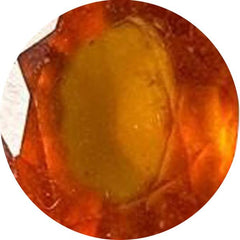 Garnet (122)
Garnet (122)
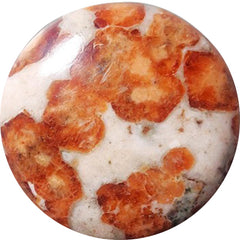 Garnet in limestone (36)
Garnet in limestone (36)
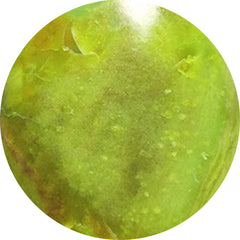 Gaspeite (12)
Gaspeite (12)
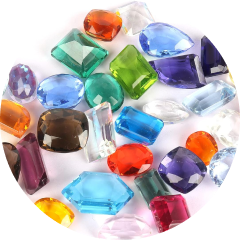 Gemstone lots (434)
Gemstone lots (434)
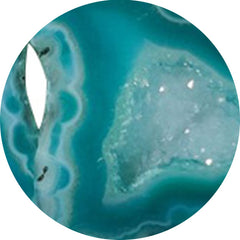 Geode (32)
Geode (32)
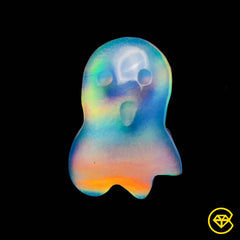 Ghost carving (55)
Ghost carving (55)
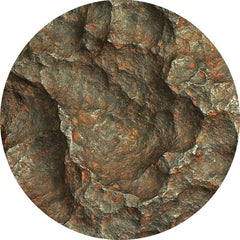 Gibeon meteorite (23)
Gibeon meteorite (23)
 Gila monster agate (16)
Gila monster agate (16)
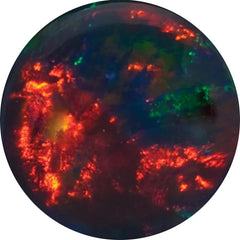 Gilson opal (22)
Gilson opal (22)
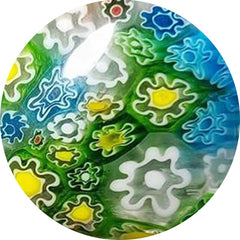 Glass (180)
Glass (180)
 Glow stone (12)
Glow stone (12)
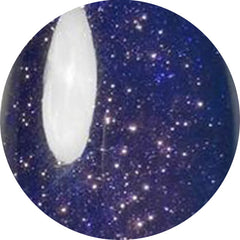 Goldstone (34)
Goldstone (34)
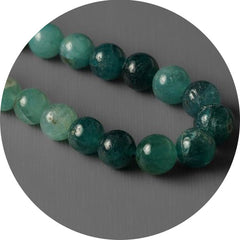 Grandidierite (7)
Grandidierite (7)
 Grape agate (114)
Grape agate (114)
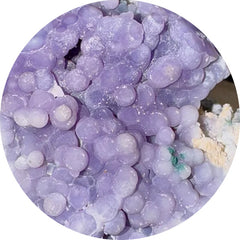 Grape chalcedony (4)
Grape chalcedony (4)
 Green gemstones (459)
Green gemstones (459)
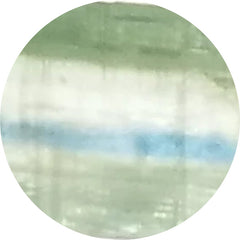 Green kyanite (7)
Green kyanite (7)
 Green prase opal (8)
Green prase opal (8)
 Green tourmaline (23)
Green tourmaline (23)
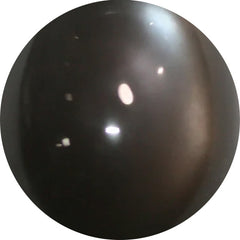 Grey moonstone (31)
Grey moonstone (31)
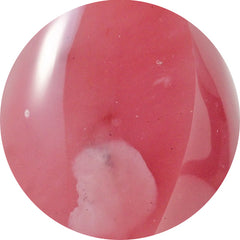 Guava quartz (6)
Guava quartz (6)
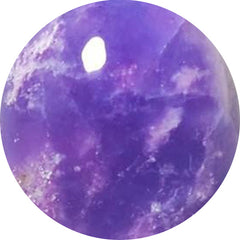 Hackmanite (11)
Hackmanite (11)
 Heart carving (350)
Heart carving (350)
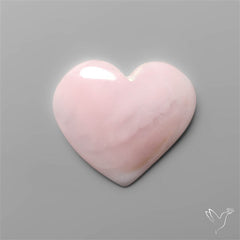 Heart shape gemstones (3)
Heart shape gemstones (3)
 Heliodor (0)
Heliodor (0)
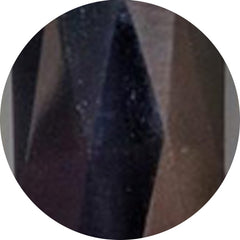 Hematite (37)
Hematite (37)
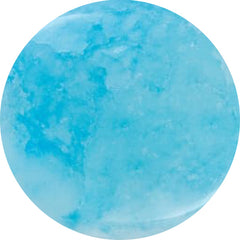 Hemimorphite (54)
Hemimorphite (54)
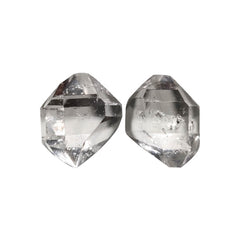 Herkimer diamond (38)
Herkimer diamond (38)
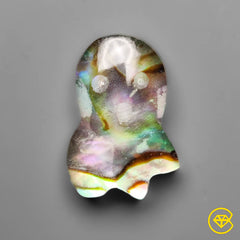 Himalayan quartz (434)
Himalayan quartz (434)
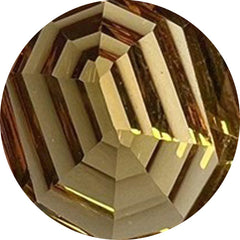 Honey quartz (19)
Honey quartz (19)
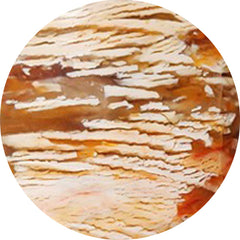 Howardite opal (28)
Howardite opal (28)
 Howlite (5)
Howlite (5)
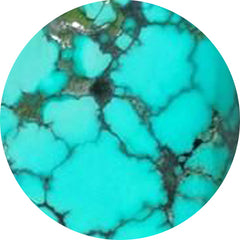 Hubei turquoise (48)
Hubei turquoise (48)
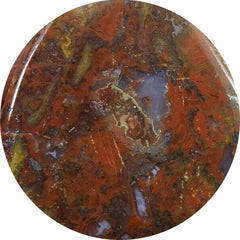 Hungarian agate (1)
Hungarian agate (1)
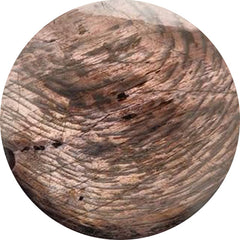 Hypersthene (42)
Hypersthene (42)
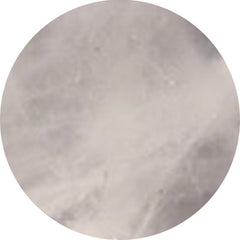 Ice quartz (1)
Ice quartz (1)
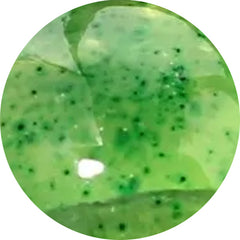 Idocrase (1)
Idocrase (1)
 Imperial jasper (115)
Imperial jasper (115)
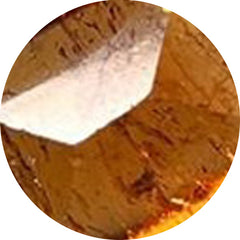 Imperial topaz (0)
Imperial topaz (0)
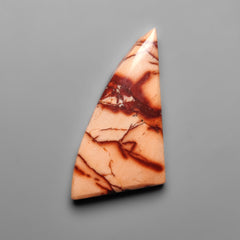 Indian paint stone (5)
Indian paint stone (5)
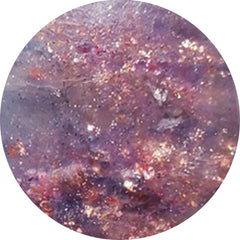 Iolite (168)
Iolite (168)
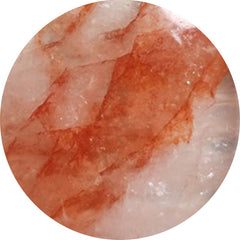 Iron quartz (48)
Iron quartz (48)
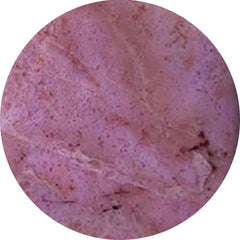 Jade (34)
Jade (34)
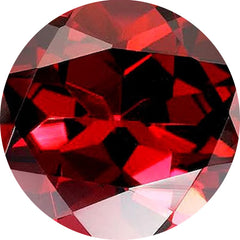 January birthstone (445)
January birthstone (445)
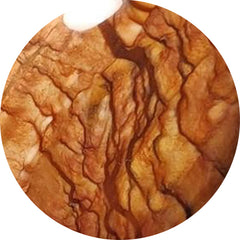 Jaspers (30)
Jaspers (30)
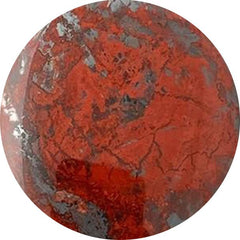 Jaspillite (3)
Jaspillite (3)
 Java chalcedony (16)
Java chalcedony (16)
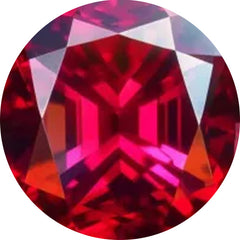 July birthstone (545)
July birthstone (545)
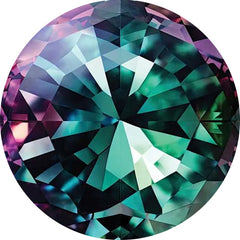 June birthstones: moonstone, pearl, and alexandrite (1053)
June birthstones: moonstone, pearl, and alexandrite (1053)
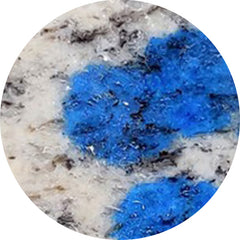 K2 jasper (7)
K2 jasper (7)
 Kaleidoscope agate (0)
Kaleidoscope agate (0)
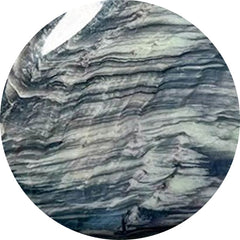 Kammererite (103)
Kammererite (103)
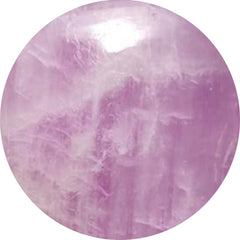 Kunzite (7)
Kunzite (7)
 Kyanite (106)
Kyanite (106)
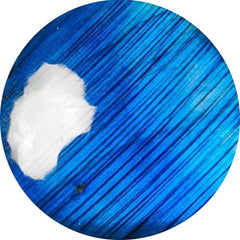 Labradorite (272)
Labradorite (272)
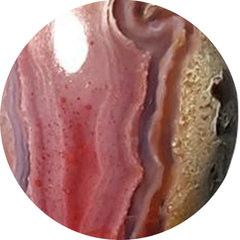 Laguna lace agate (62)
Laguna lace agate (62)
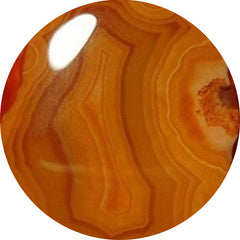 Lake superior agate (24)
Lake superior agate (24)
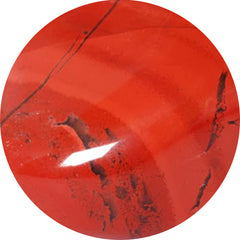 Landscape jasper (0)
Landscape jasper (0)
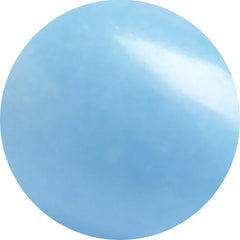 Langite (0)
Langite (0)
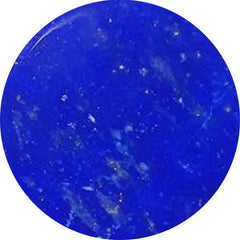 Lapis lazuli (159)
Lapis lazuli (159)
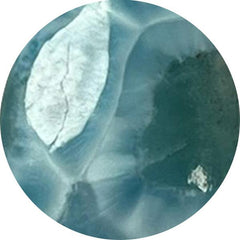 Larimar (116)
Larimar (116)
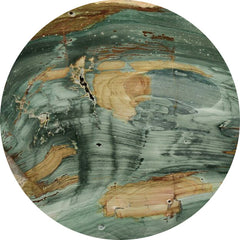 Larsonite (17)
Larsonite (17)
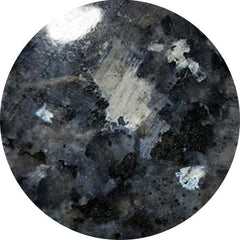 Larvikite feldspar (47)
Larvikite feldspar (47)
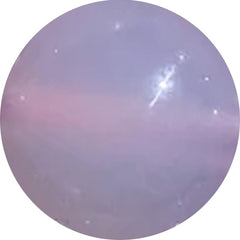 Lavender chalcedony (17)
Lavender chalcedony (17)
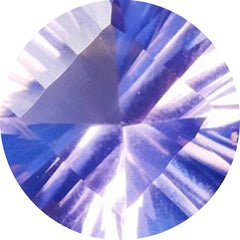 Lavender quartz (5)
Lavender quartz (5)
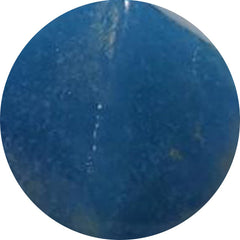 Lazulite (8)
Lazulite (8)
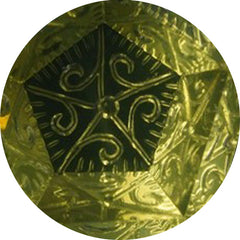 Lemon quartz (44)
Lemon quartz (44)
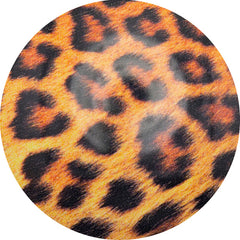 Leopard skin shell (0)
Leopard skin shell (0)
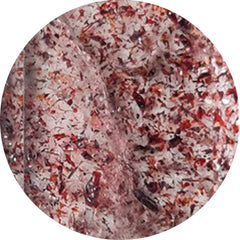 Lepidocrocite (54)
Lepidocrocite (54)
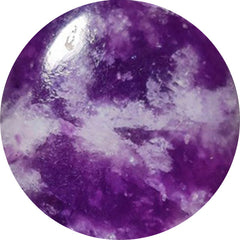 Lepidolite (79)
Lepidolite (79)
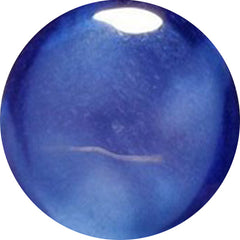 Lindy star sapphire (0)
Lindy star sapphire (0)
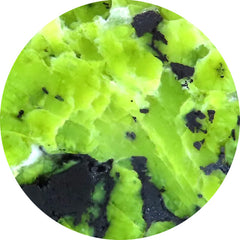 Lizardite (55)
Lizardite (55)
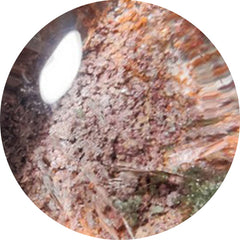 Lodolite (90)
Lodolite (90)
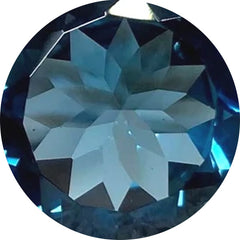 London blue topaz (10)
London blue topaz (10)
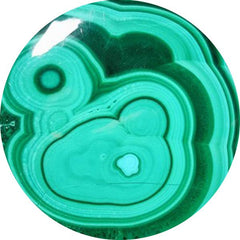 Malachite (576)
Malachite (576)
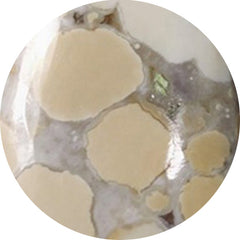 Maligano jasper (71)
Maligano jasper (71)
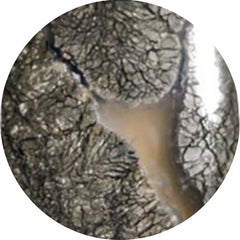 Marcasite (28)
Marcasite (28)
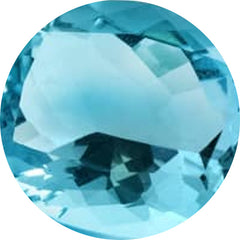 March birthstone (1479)
March birthstone (1479)
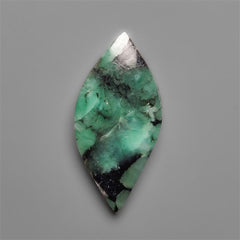 Marquise shape gemstones (5)
Marquise shape gemstones (5)
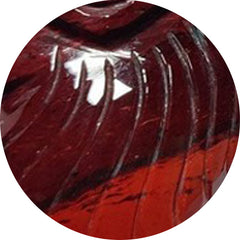 Mary ellen jasper (0)
Mary ellen jasper (0)
 Maw sit sit (15)
Maw sit sit (15)
 May birthstone (481)
May birthstone (481)
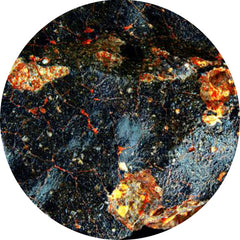 Meteorite (23)
Meteorite (23)
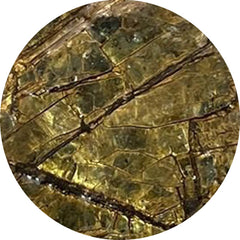 Mica (42)
Mica (42)
 Midnight quartzite (20)
Midnight quartzite (20)
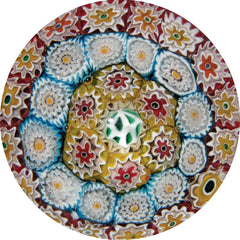 Millefiori glass (2)
Millefiori glass (2)
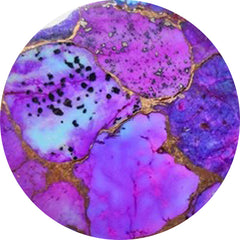 Mohave turquoise (55)
Mohave turquoise (55)
 Mohawkites (20)
Mohawkites (20)
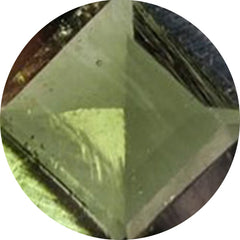 Moldavite (47)
Moldavite (47)
 Monarch opal (28)
Monarch opal (28)
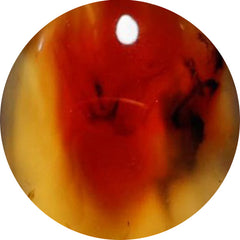 Montana agate (82)
Montana agate (82)
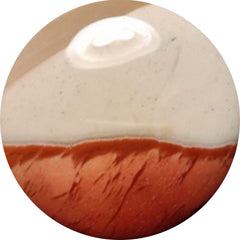 Mookaite (55)
Mookaite (55)
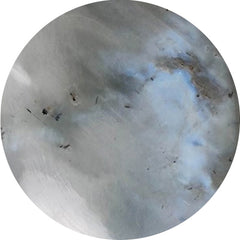 Moonstone (401)
Moonstone (401)
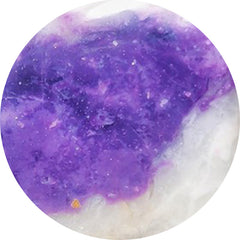 Morado opal (1)
Morado opal (1)
 Morenci turquoise (40)
Morenci turquoise (40)
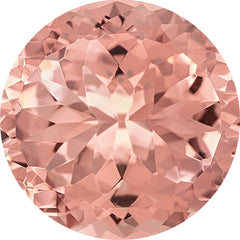 Morganite (0)
Morganite (0)
 Moroccan seam agate (117)
Moroccan seam agate (117)
 Moss agate (398)
Moss agate (398)
 Mother of pearl (525)
Mother of pearl (525)
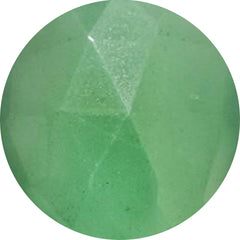 Mtorolite (46)
Mtorolite (46)
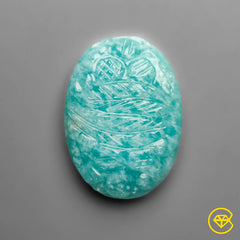 Mughal carving (456)
Mughal carving (456)
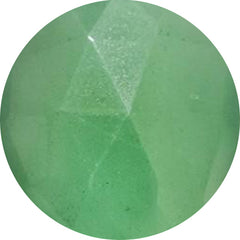 Muscovite (21)
Muscovite (21)
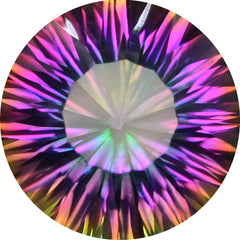 Mystic quartz (1)
Mystic quartz (1)
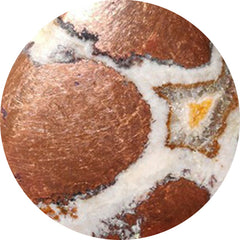 Native copper (39)
Native copper (39)
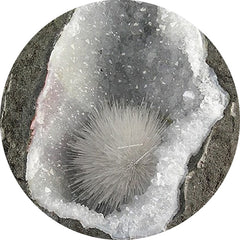 Natrolite (26)
Natrolite (26)
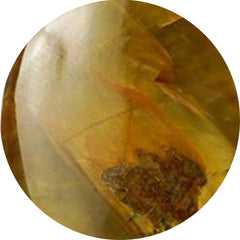 Nellite (5)
Nellite (5)
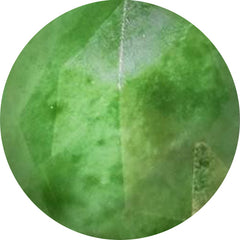 Nephrite jade (3)
Nephrite jade (3)
 New arrivals (433)
New arrivals (433)
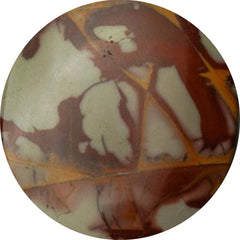 Noreena jasper (29)
Noreena jasper (29)
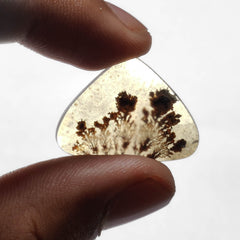 November birthstone (162)
November birthstone (162)
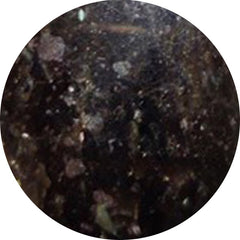 Nuummite (2)
Nuummite (2)
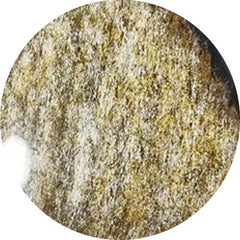 Obsidian (347)
Obsidian (347)
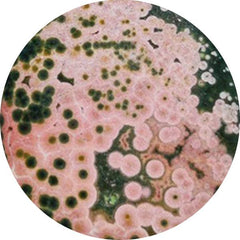 Ocean jasper (256)
Ocean jasper (256)
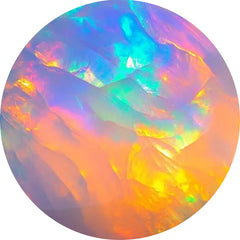 October birthstone (1350)
October birthstone (1350)
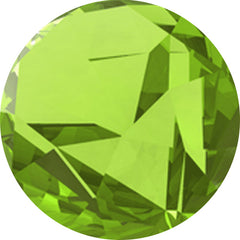 Olive quartz (5)
Olive quartz (5)
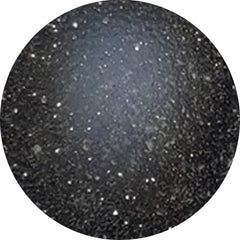 Onyx (286)
Onyx (286)
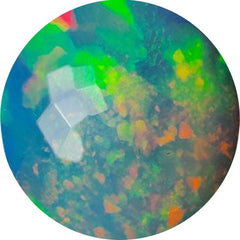 Opal (1126)
Opal (1126)
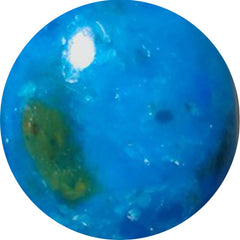 Opalina (11)
Opalina (11)
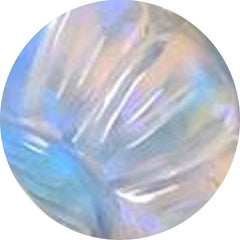 Opalite (29)
Opalite (29)
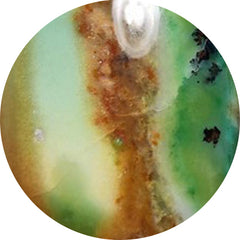 Opalwood (5)
Opalwood (5)
 Orange gemstones (368)
Orange gemstones (368)
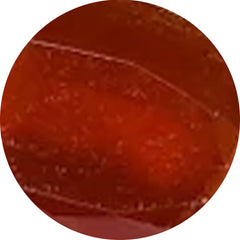 Orange kyanite (2)
Orange kyanite (2)
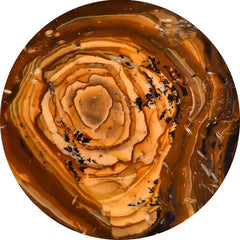 Oregon jasper (7)
Oregon jasper (7)
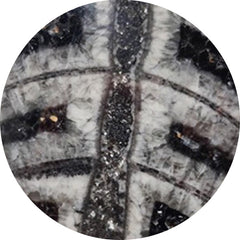 Orthoceras fossil (36)
Orthoceras fossil (36)
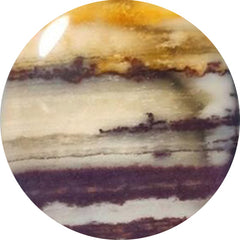 Outback jasper (5)
Outback jasper (5)
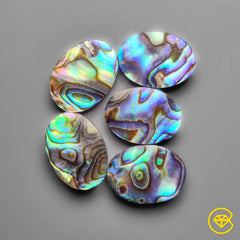 Oval shape gemstones (6)
Oval shape gemstones (6)
 Over $50 (492)
Over $50 (492)
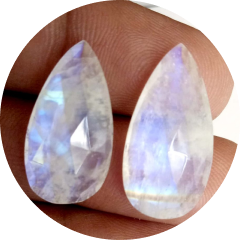 Pairs (938)
Pairs (938)
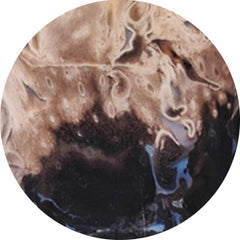 Palmroot agate (91)
Palmroot agate (91)
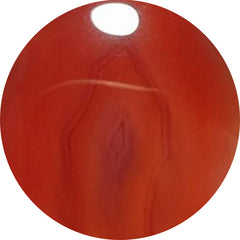 Passion agate (1)
Passion agate (1)
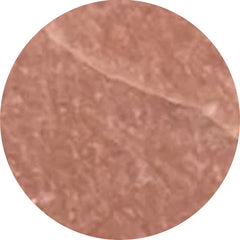 Peach moonstone (44)
Peach moonstone (44)
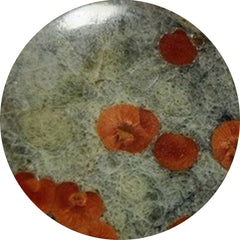 Peanut obsidian (40)
Peanut obsidian (40)
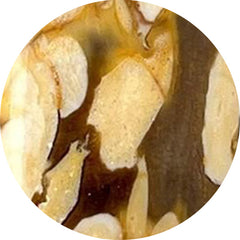 Peanut wood jasper (179)
Peanut wood jasper (179)
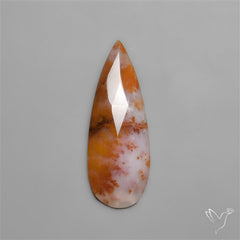 Pear shape gemstones (9)
Pear shape gemstones (9)
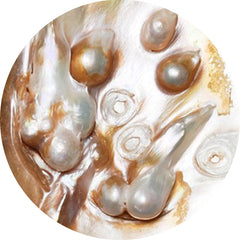 Pearl (652)
Pearl (652)
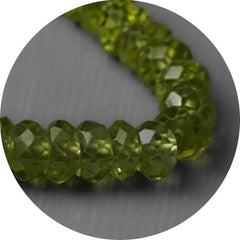 Peridot (65)
Peridot (65)
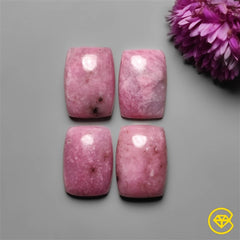 Petalite (25)
Petalite (25)
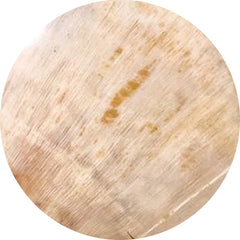 Petrified wood (53)
Petrified wood (53)
 Phosphosiderite (93)
Phosphosiderite (93)
 Picasso jasper (96)
Picasso jasper (96)
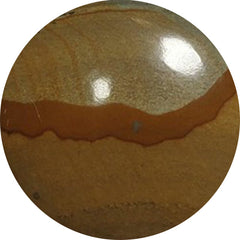 Picture jasper (96)
Picture jasper (96)
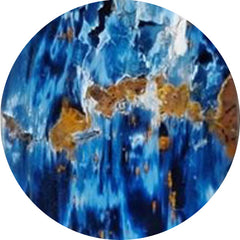 Pietersite (47)
Pietersite (47)
 Pink gemstones (476)
Pink gemstones (476)
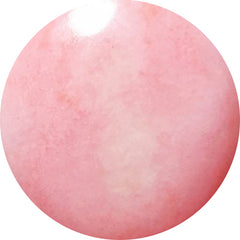 Pink opal (147)
Pink opal (147)
 Pink tourmaline (89)
Pink tourmaline (89)
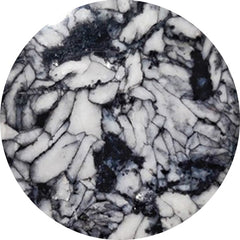 Pinolith (35)
Pinolith (35)
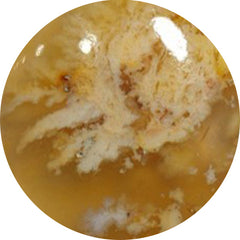 Plume agate (96)
Plume agate (96)
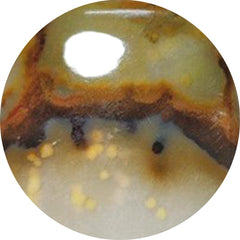 Polka dot agate (42)
Polka dot agate (42)
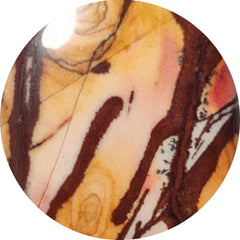 Polychrome jasper (44)
Polychrome jasper (44)
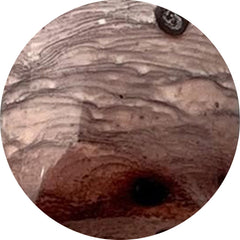 Porcelain jasper (30)
Porcelain jasper (30)
 Prasiolite (54)
Prasiolite (54)
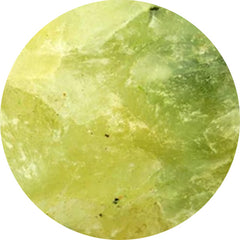 Prehnite (22)
Prehnite (22)
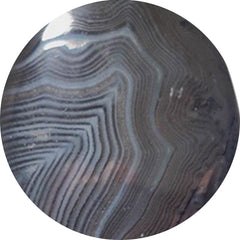 Psilomelane (23)
Psilomelane (23)
 Purple chalcedony (44)
Purple chalcedony (44)
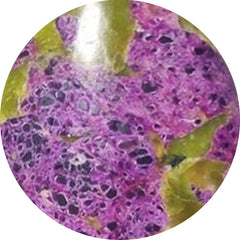 Purpurite (7)
Purpurite (7)
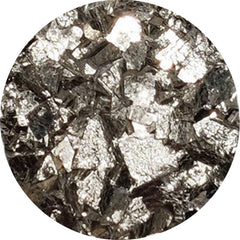 Pyrite (147)
Pyrite (147)
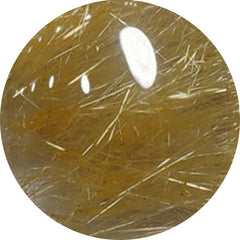 Quartz (131)
Quartz (131)
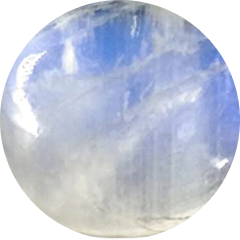 Rain moonstones (0)
Rain moonstones (0)
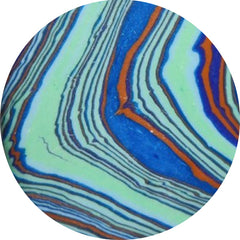 Rainbow calcilica (11)
Rainbow calcilica (11)
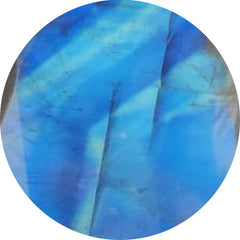 Rainbow moonstone (92)
Rainbow moonstone (92)
 Red coral (8)
Red coral (8)
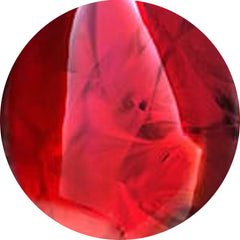 Red fossil (0)
Red fossil (0)
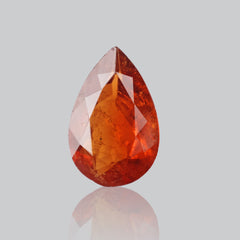 Red gemstones (363)
Red gemstones (363)
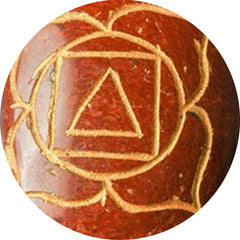 Red jasper (3)
Red jasper (3)
 Red moss agate (77)
Red moss agate (77)
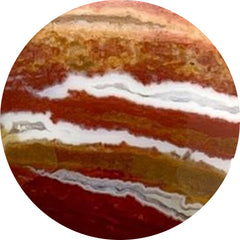 Red river jasper (17)
Red river jasper (17)
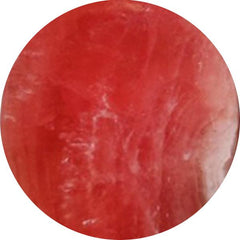 Rhodochrosite (405)
Rhodochrosite (405)
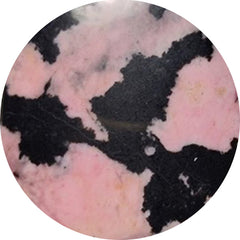 Rhodonite (91)
Rhodonite (91)
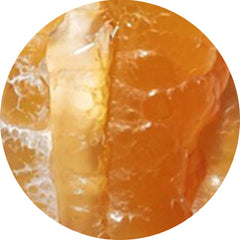 Rock chalcedony (2)
Rock chalcedony (2)
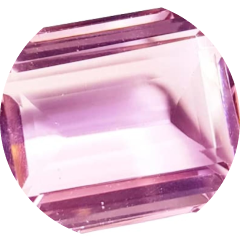 Rose cut gemstones (748)
Rose cut gemstones (748)
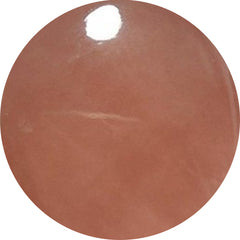 Rose quartz (53)
Rose quartz (53)
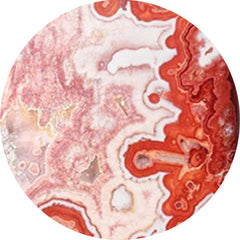 Rosita jasper (10)
Rosita jasper (10)
 Round shape gemstones (6)
Round shape gemstones (6)
 Ruby (197)
Ruby (197)
 Ruby in fuchsite (6)
Ruby in fuchsite (6)
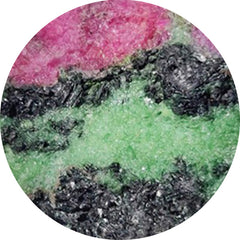 Ruby in zoisite (91)
Ruby in zoisite (91)
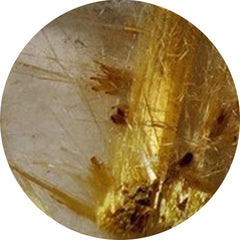 Rutilated quartz (260)
Rutilated quartz (260)
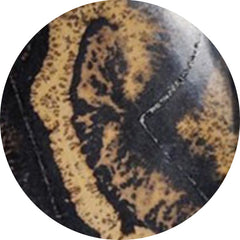 Sage brush jasper (27)
Sage brush jasper (27)
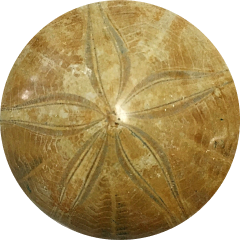 Sand dollar fossil (3)
Sand dollar fossil (3)
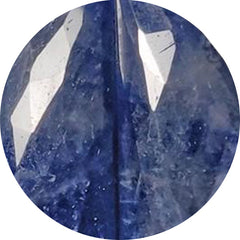 Sapphire (33)
Sapphire (33)
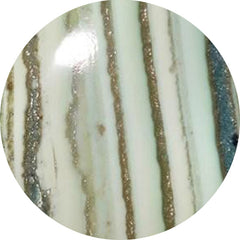 Saturn chalcedony (57)
Saturn chalcedony (57)
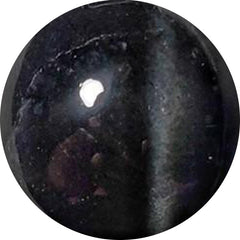 Scapolite (12)
Scapolite (12)
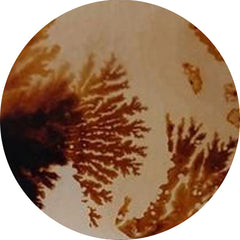 Scenic agate (97)
Scenic agate (97)
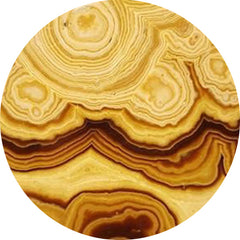 Schalenblende (89)
Schalenblende (89)
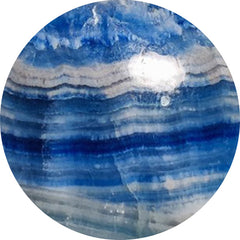 Scheelite (37)
Scheelite (37)
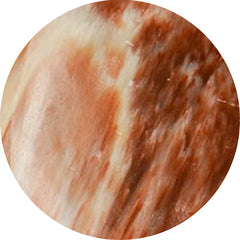 Scolecite (53)
Scolecite (53)
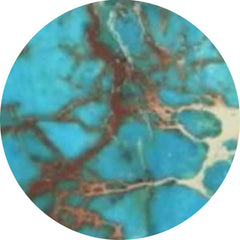 Sea sediment jasper (0)
Sea sediment jasper (0)
 Selenite (13)
Selenite (13)
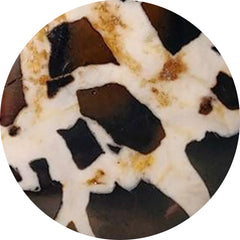 Septarian (93)
Septarian (93)
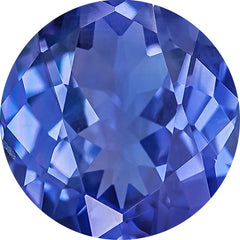 September birthstone (194)
September birthstone (194)
 Seraphinite (80)
Seraphinite (80)
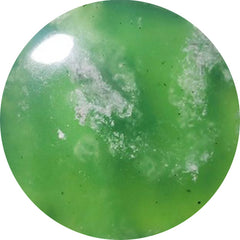 Serpentine (162)
Serpentine (162)
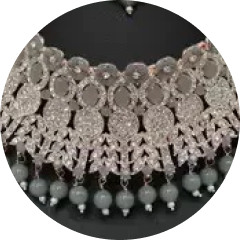 Sets (70)
Sets (70)
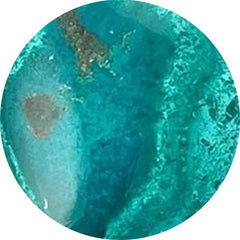 Shattuckite (277)
Shattuckite (277)
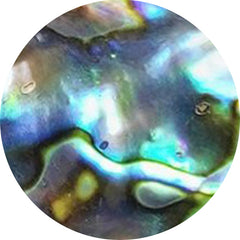 Shell (307)
Shell (307)
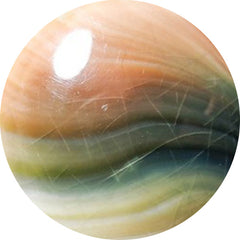 Shiva eye shell (60)
Shiva eye shell (60)
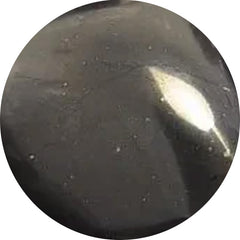 Shungite (4)
Shungite (4)
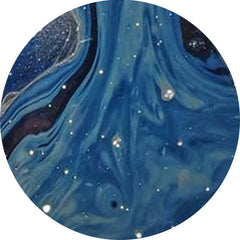 Sieber agate (0)
Sieber agate (0)
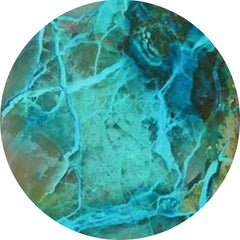 Silica (4)
Silica (4)
 Silver leaf jasper (5)
Silver leaf jasper (5)
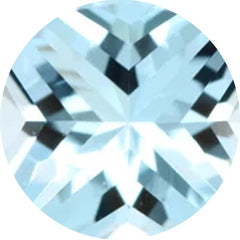 Sky blue topaz (5)
Sky blue topaz (5)
 Smithsonite (29)
Smithsonite (29)
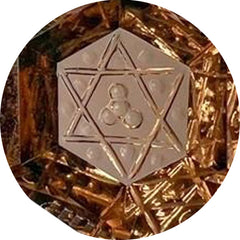 Smoky quartz (23)
Smoky quartz (23)
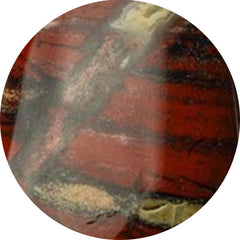 Snakeskin jasper (48)
Snakeskin jasper (48)
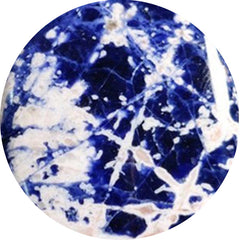 Sodalite (70)
Sodalite (70)
 Solar agate (3)
Solar agate (3)
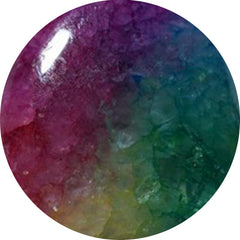 Solar quartz (62)
Solar quartz (62)
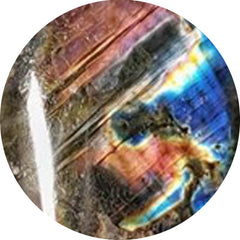 Spectrolite (118)
Spectrolite (118)
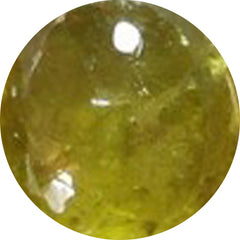 Sphence (25)
Sphence (25)
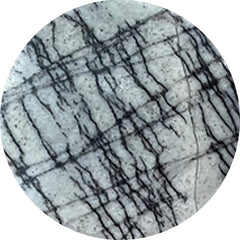 Spiderweb jasper (1)
Spiderweb jasper (1)
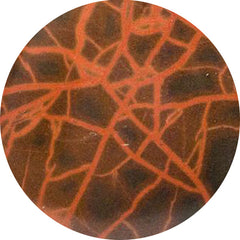 Spiderwoman jasper (0)
Spiderwoman jasper (0)
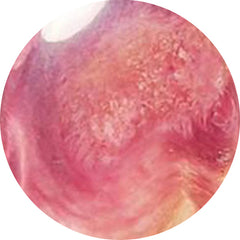 Spiny oyster shell (66)
Spiny oyster shell (66)
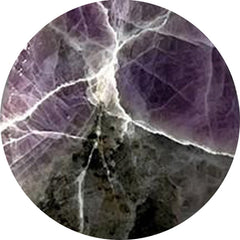 Spurrite (7)
Spurrite (7)
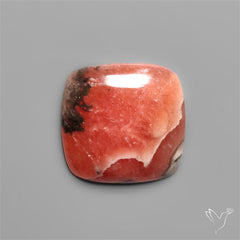 Square shape gemstones (10)
Square shape gemstones (10)
 Starburst (2)
Starburst (2)
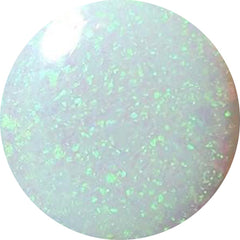 Sterling opal (11)
Sterling opal (11)
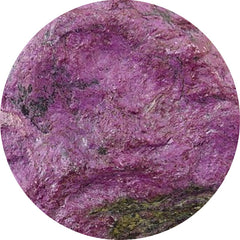 Stichtite (37)
Stichtite (37)
 Stick agate (5)
Stick agate (5)
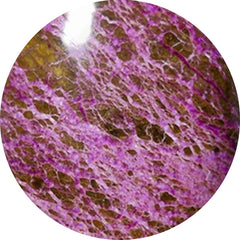 Stitchtite (123)
Stitchtite (123)
 Stramatolite (0)
Stramatolite (0)
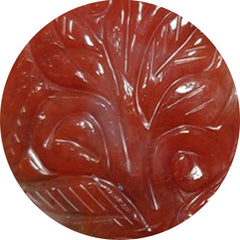 Strawberry quartz (7)
Strawberry quartz (7)
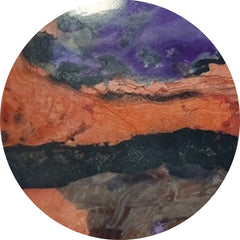 Sugilite (0)
Sugilite (0)
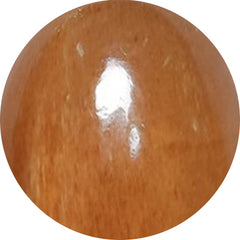 Sunstone (269)
Sunstone (269)
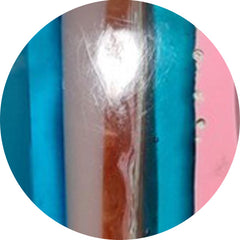 Surfite (2)
Surfite (2)
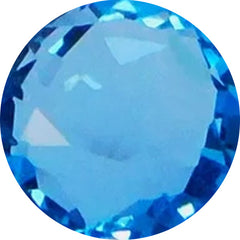 Swiss blue topaz (32)
Swiss blue topaz (32)
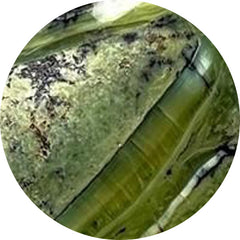 Swiss opal (3)
Swiss opal (3)
 Tanzanite (51)
Tanzanite (51)
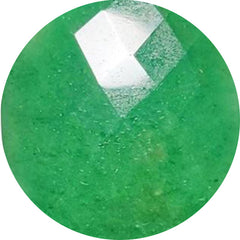 Tanzurine (11)
Tanzurine (11)
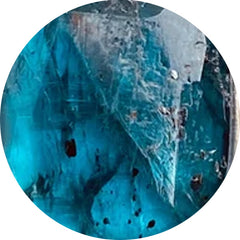 Teal kyanite (10)
Teal kyanite (10)
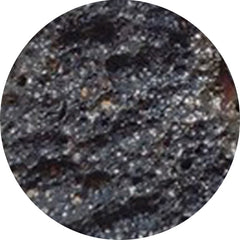 Tektite (42)
Tektite (42)
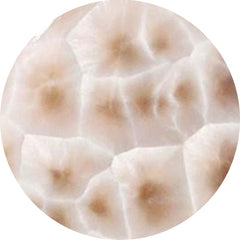 Thomsonite (35)
Thomsonite (35)
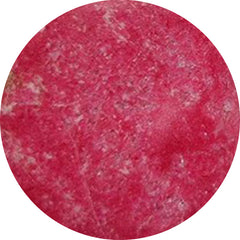 Thulite (79)
Thulite (79)
 Thunder egg agate (0)
Thunder egg agate (0)
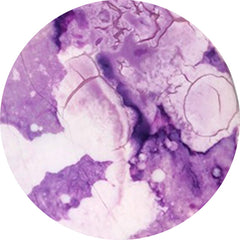 Tiffany stone (6)
Tiffany stone (6)
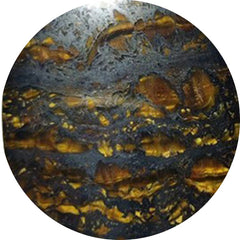 Tiger eye (66)
Tiger eye (66)
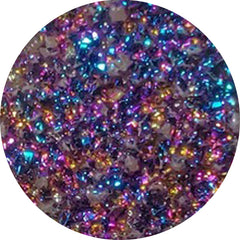 Titanium druzy (5)
Titanium druzy (5)
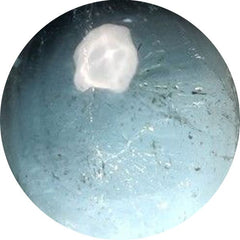 Topaz (55)
Topaz (55)
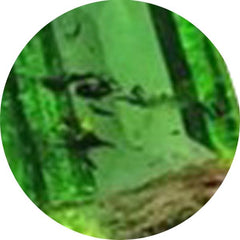 Tourmaline (236)
Tourmaline (236)
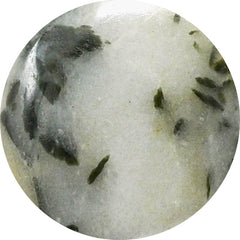 Tourmaline in quartz (84)
Tourmaline in quartz (84)
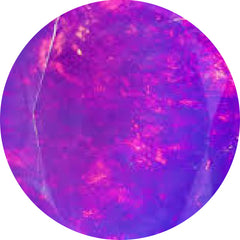 Treated opal (52)
Treated opal (52)
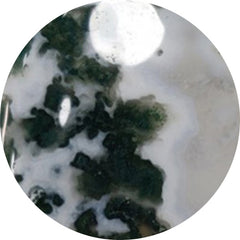 Tree agate (42)
Tree agate (42)
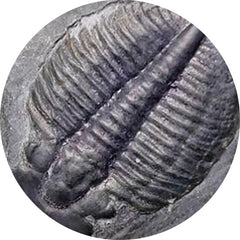 Trilobite fossil (17)
Trilobite fossil (17)
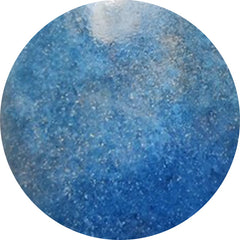 Trolleite quartz (29)
Trolleite quartz (29)
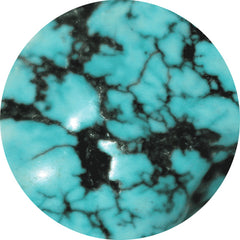 Tumbles (1)
Tumbles (1)
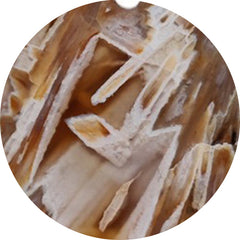 Turkish tube agate (64)
Turkish tube agate (64)
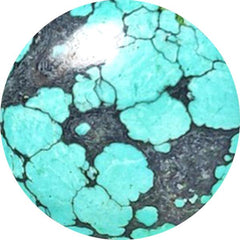 Turquoise (235)
Turquoise (235)
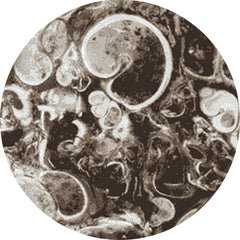 Turritella jasper (3)
Turritella jasper (3)
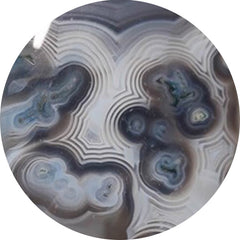 Tuxedo agate (64)
Tuxedo agate (64)
 Unakite (3)
Unakite (3)
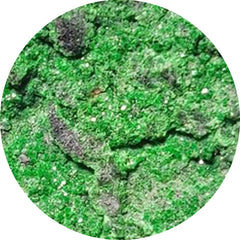 Uvarovite garnet (3)
Uvarovite garnet (3)
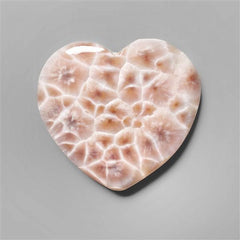 Valentine (807)
Valentine (807)
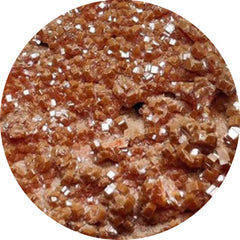 Vanadinite druzy (9)
Vanadinite druzy (9)
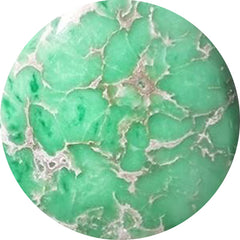 Variscite (159)
Variscite (159)
 Vesuvianite (1)
Vesuvianite (1)
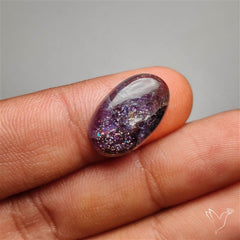 Video collection (247)
Video collection (247)
 Vivianite (1)
Vivianite (1)
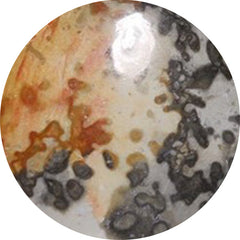 Volcanic cotham marble (7)
Volcanic cotham marble (7)
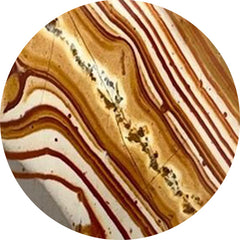 Wagul jasper (3)
Wagul jasper (3)
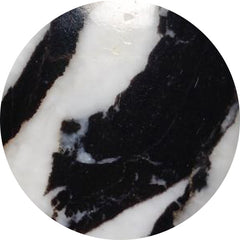 White buffalo turquoise (13)
White buffalo turquoise (13)
 White gemstones (1209)
White gemstones (1209)
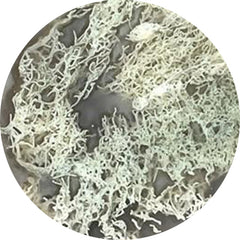 White horse canyon (45)
White horse canyon (45)
 White moonstone (35)
White moonstone (35)
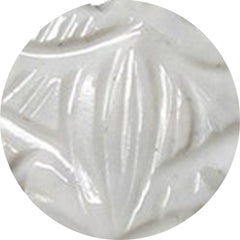 White opal (12)
White opal (12)
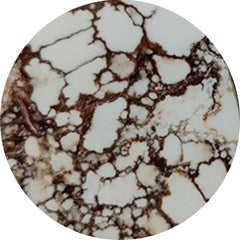 Wild horse jasper (119)
Wild horse jasper (119)
 Wild horse magnesite (49)
Wild horse magnesite (49)
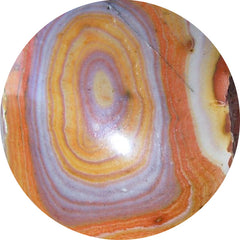 Wonder stone (0)
Wonder stone (0)
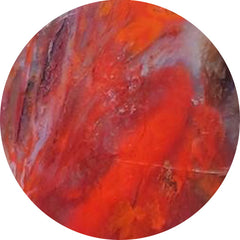 Wood (208)
Wood (208)
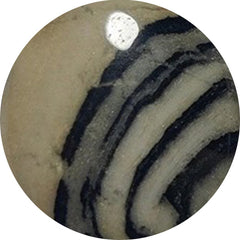 Yavapai travertine (0)
Yavapai travertine (0)
 Yellow gemstones (170)
Yellow gemstones (170)
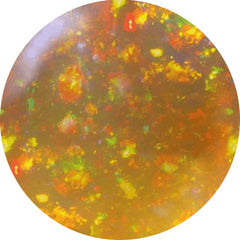 Yellow opal (7)
Yellow opal (7)
 Yellow sapphire (6)
Yellow sapphire (6)
 Yemeni aqeeq (0)
Yemeni aqeeq (0)
 Zarinite (0)
Zarinite (0)
 Zebra jasper (1)
Zebra jasper (1)
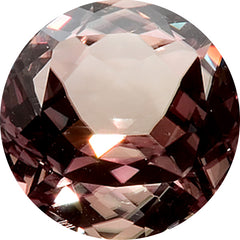 Zultanite (4)
Zultanite (4)
























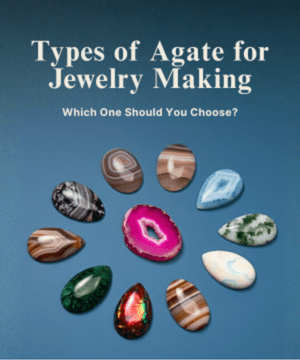
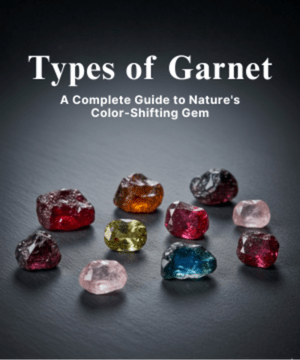
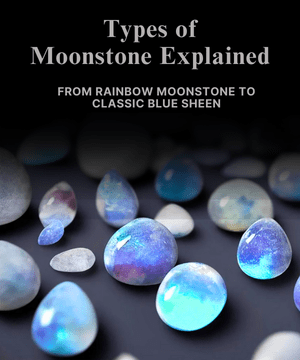
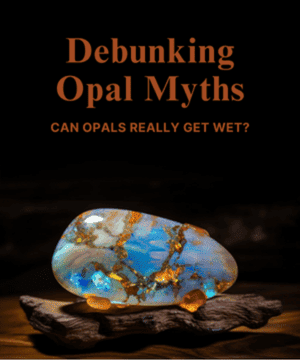


Leave a Comment